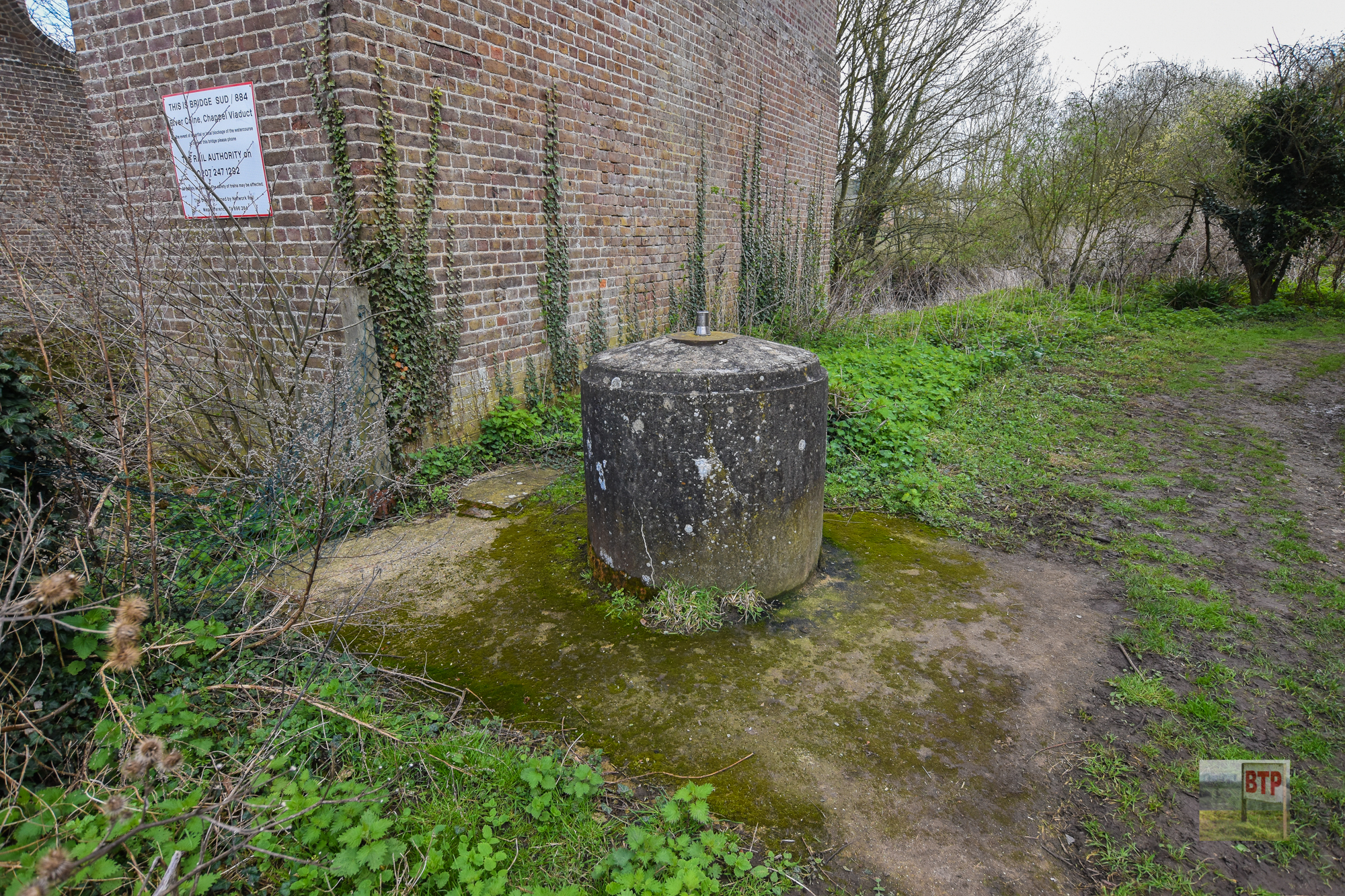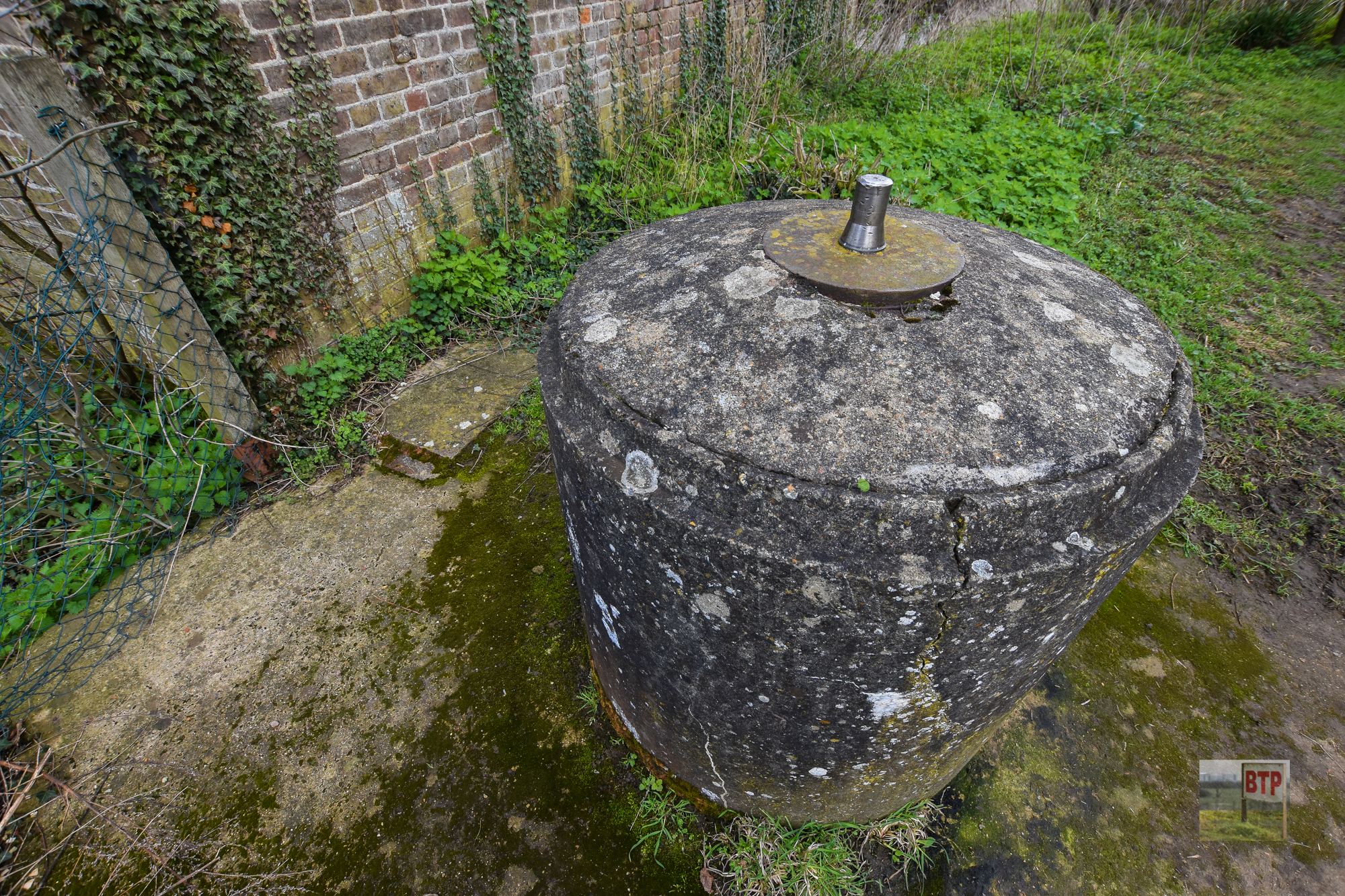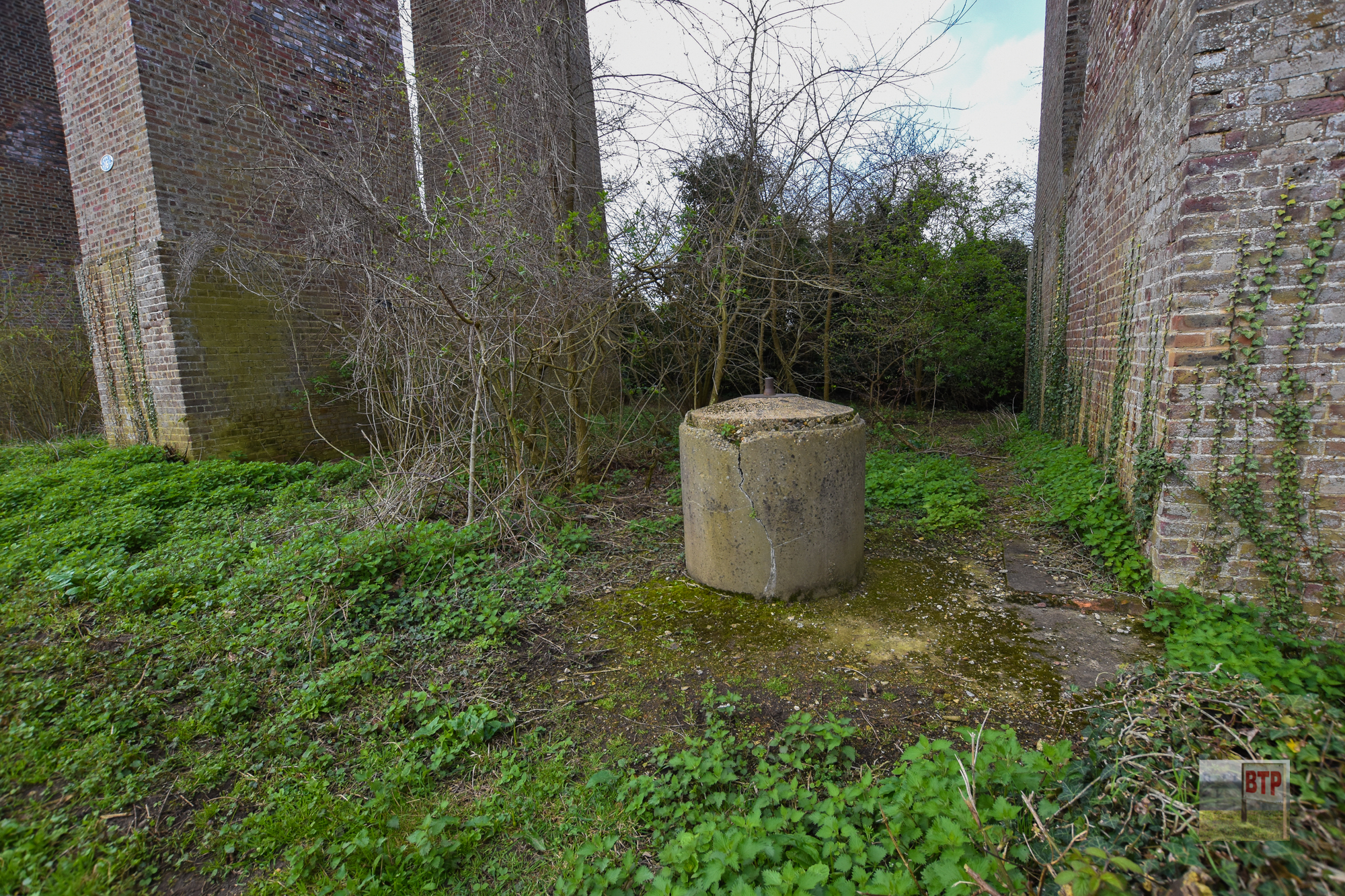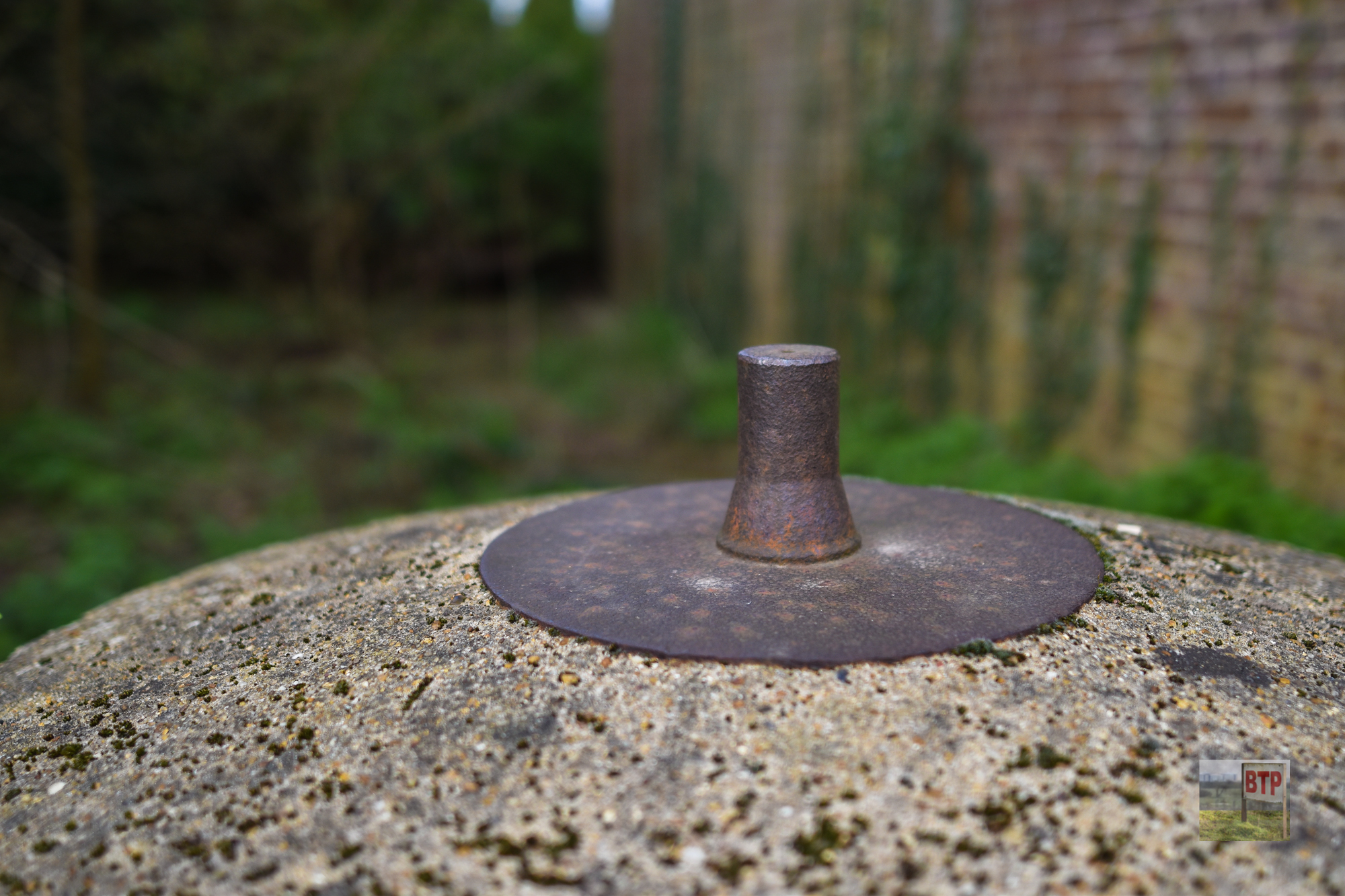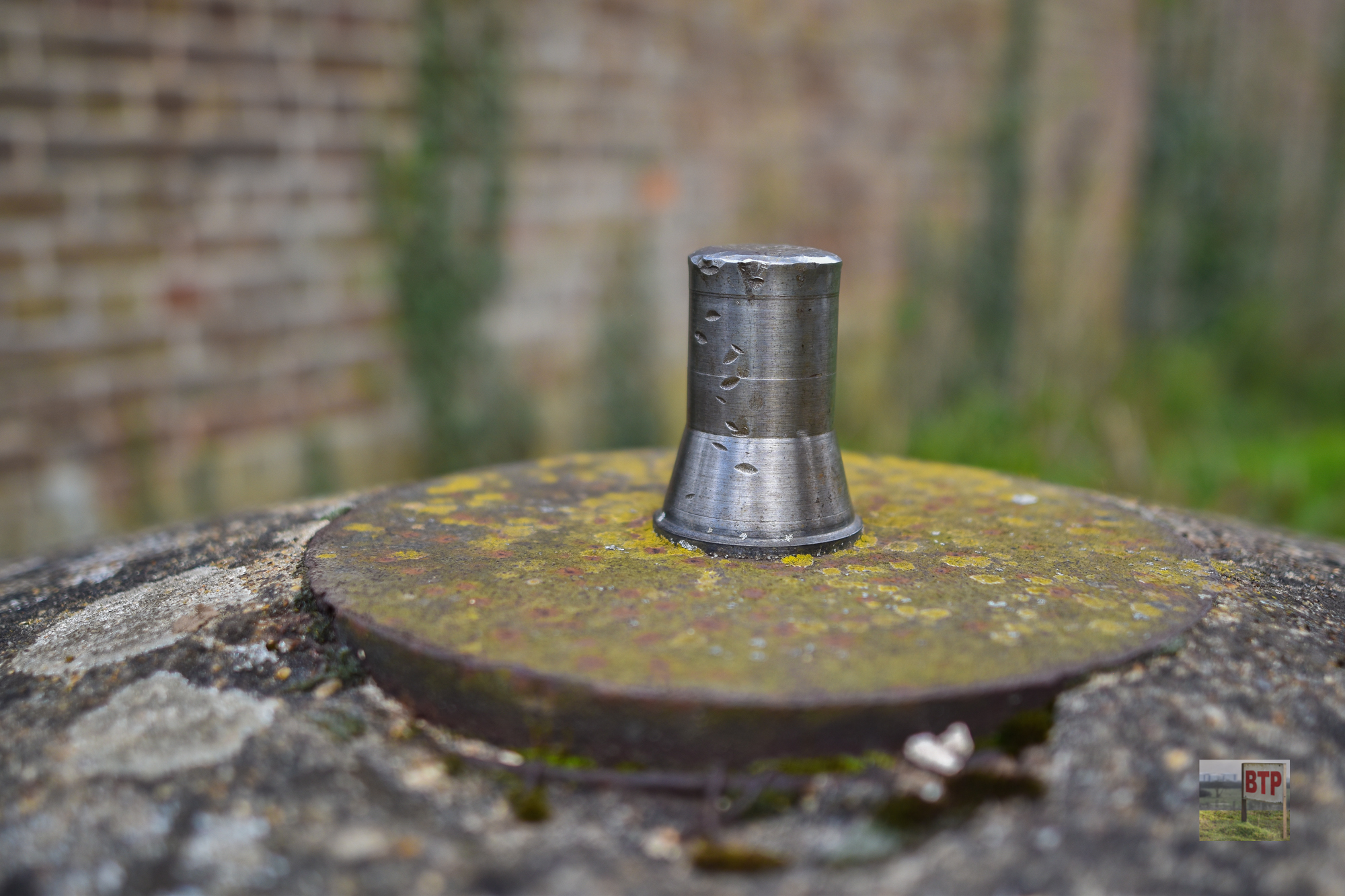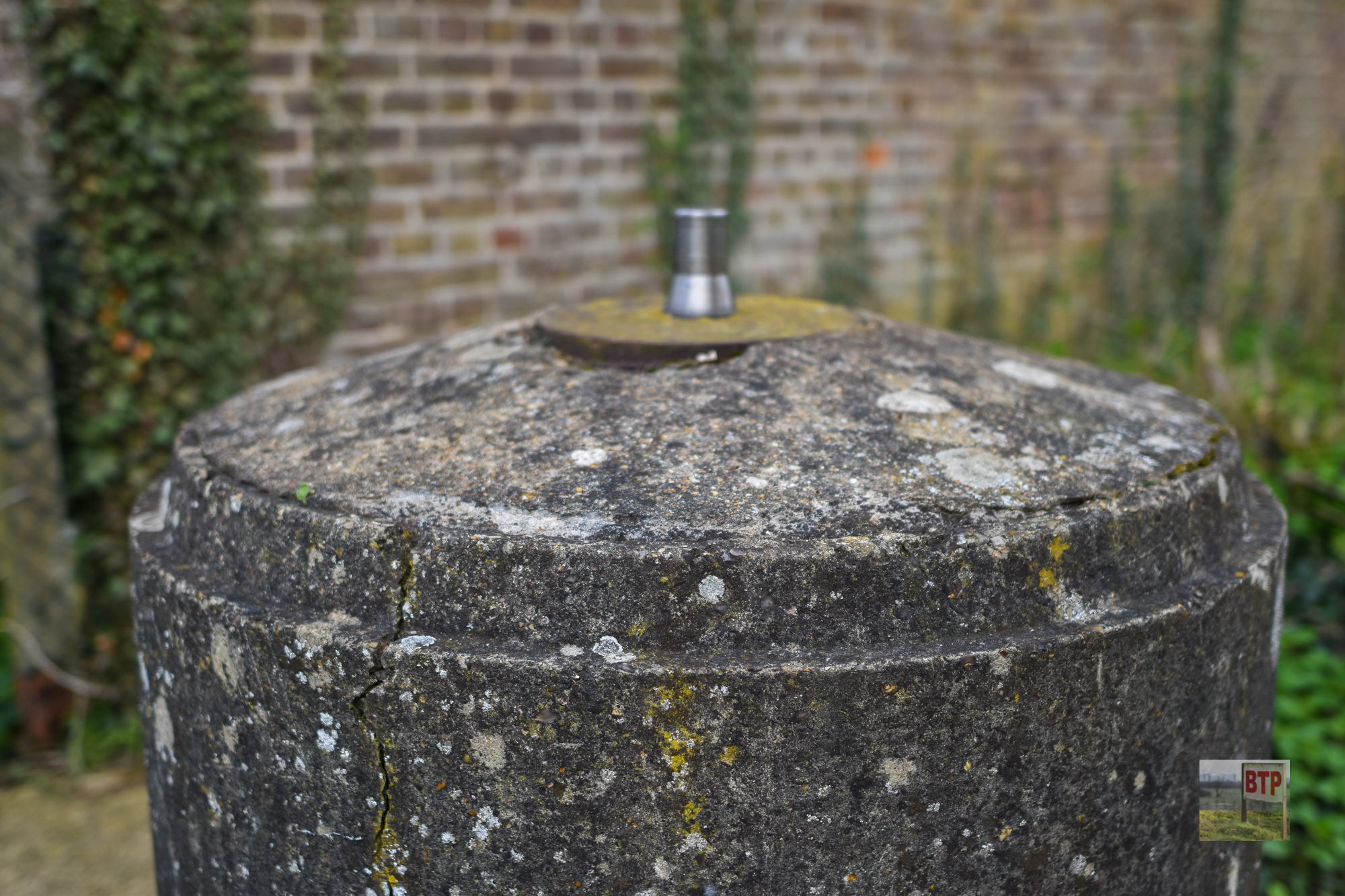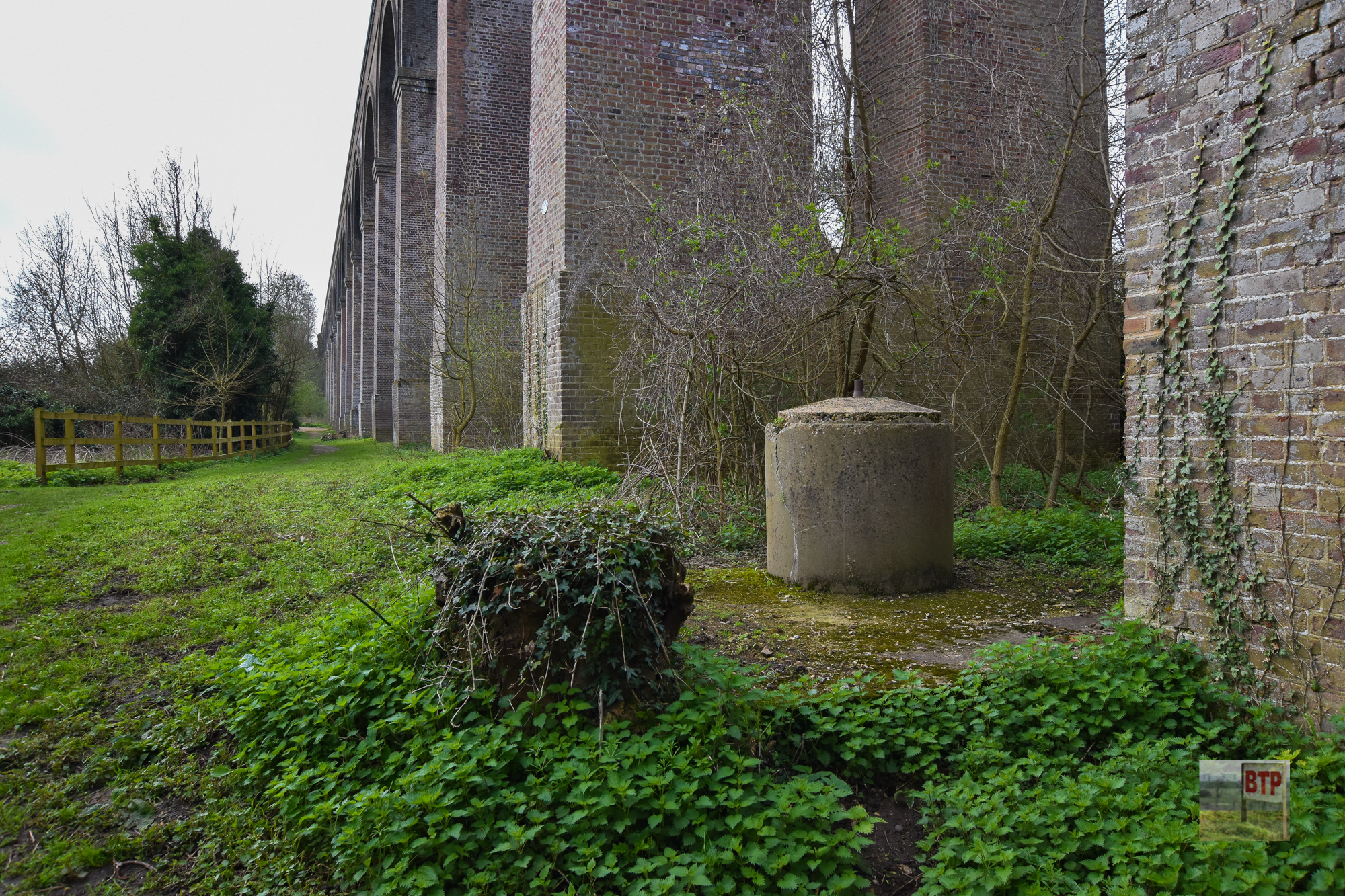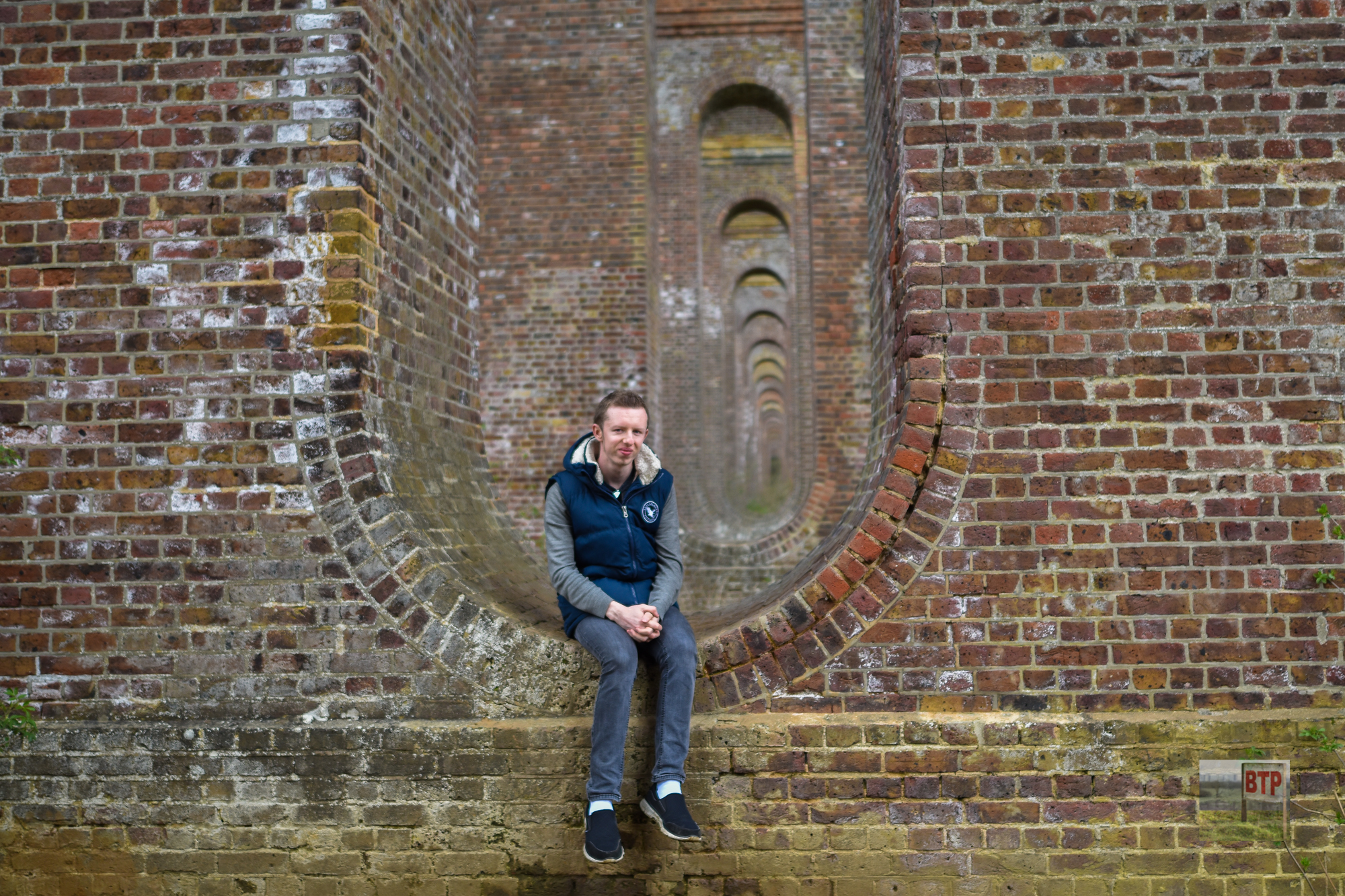
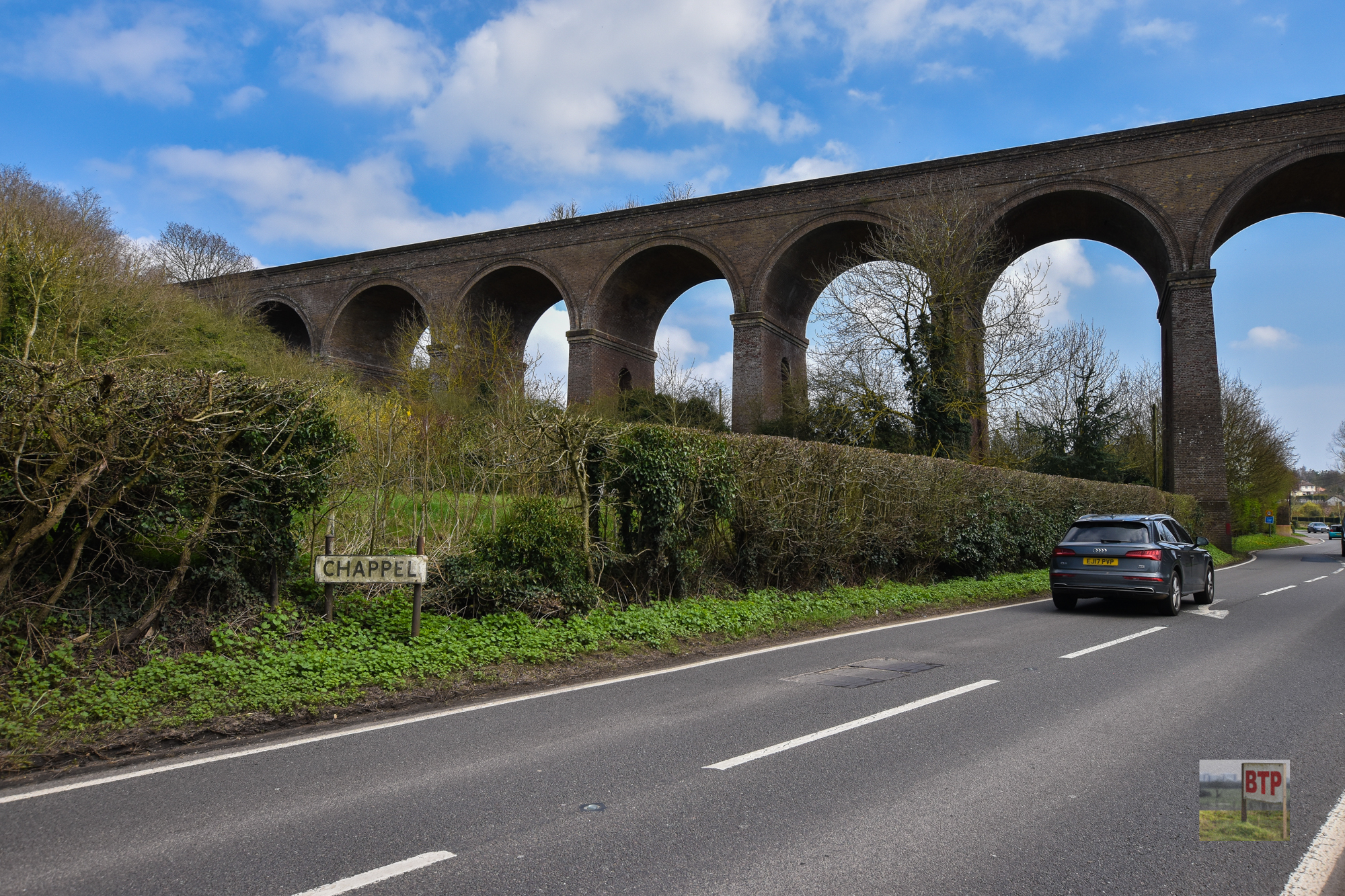
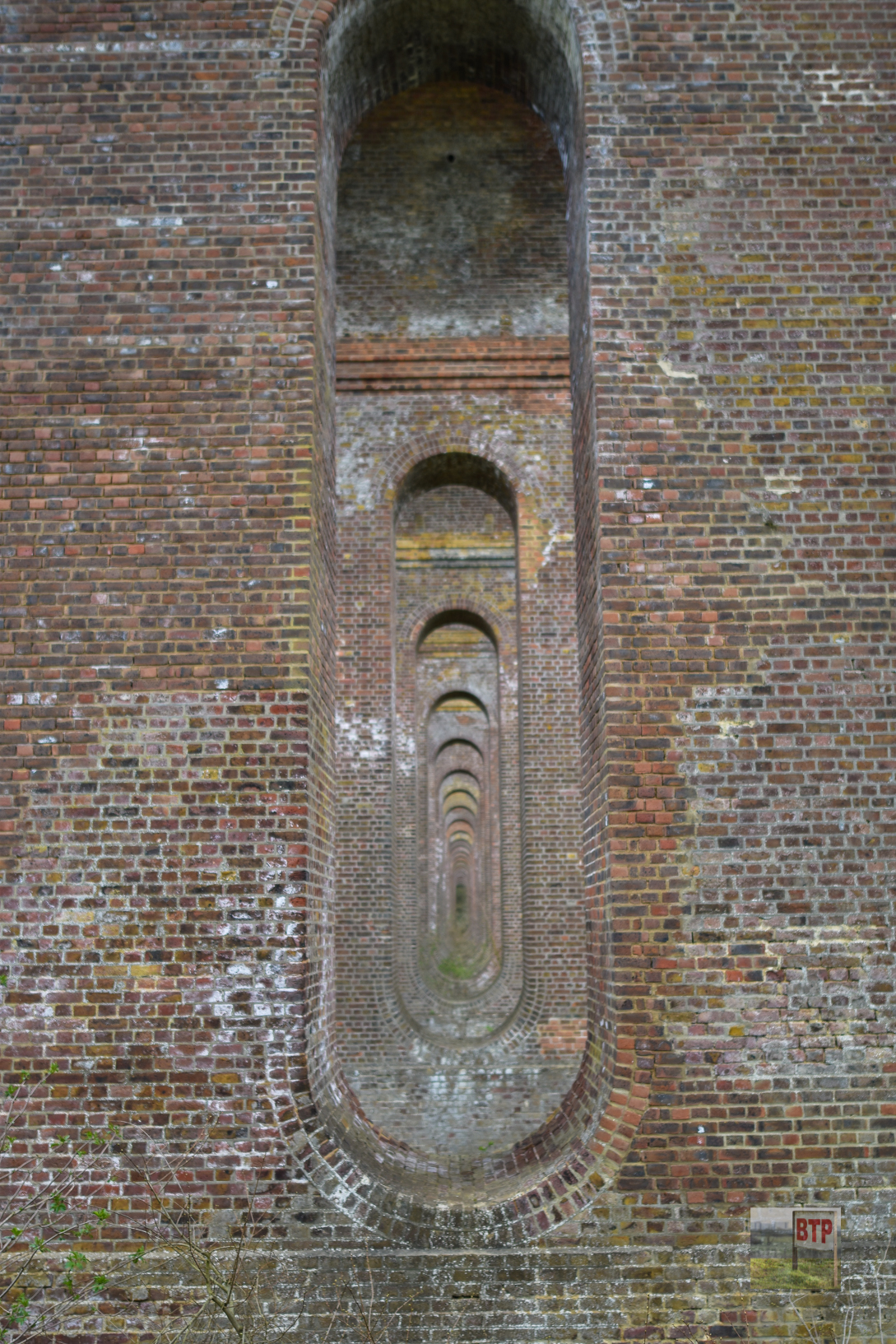
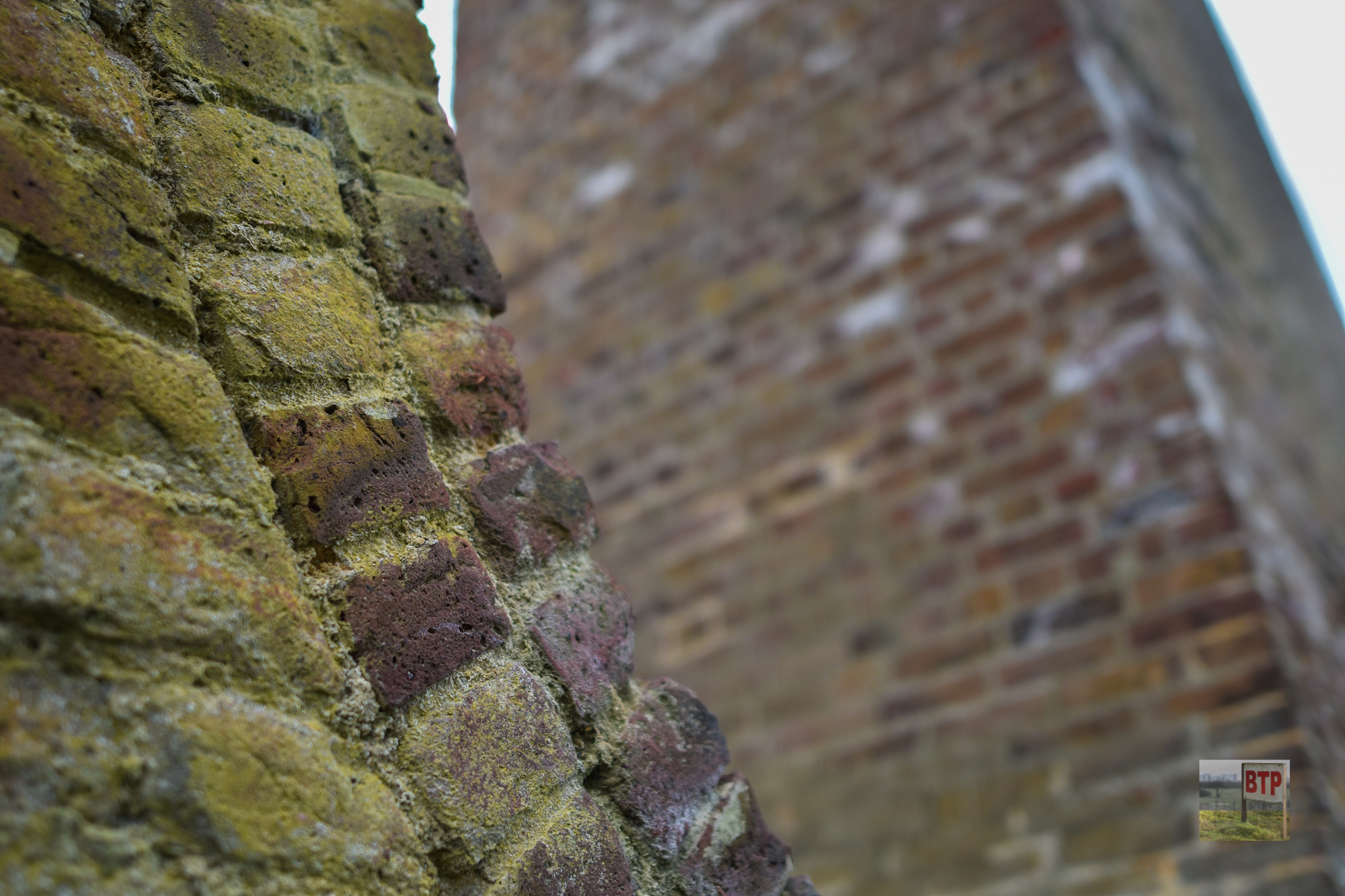
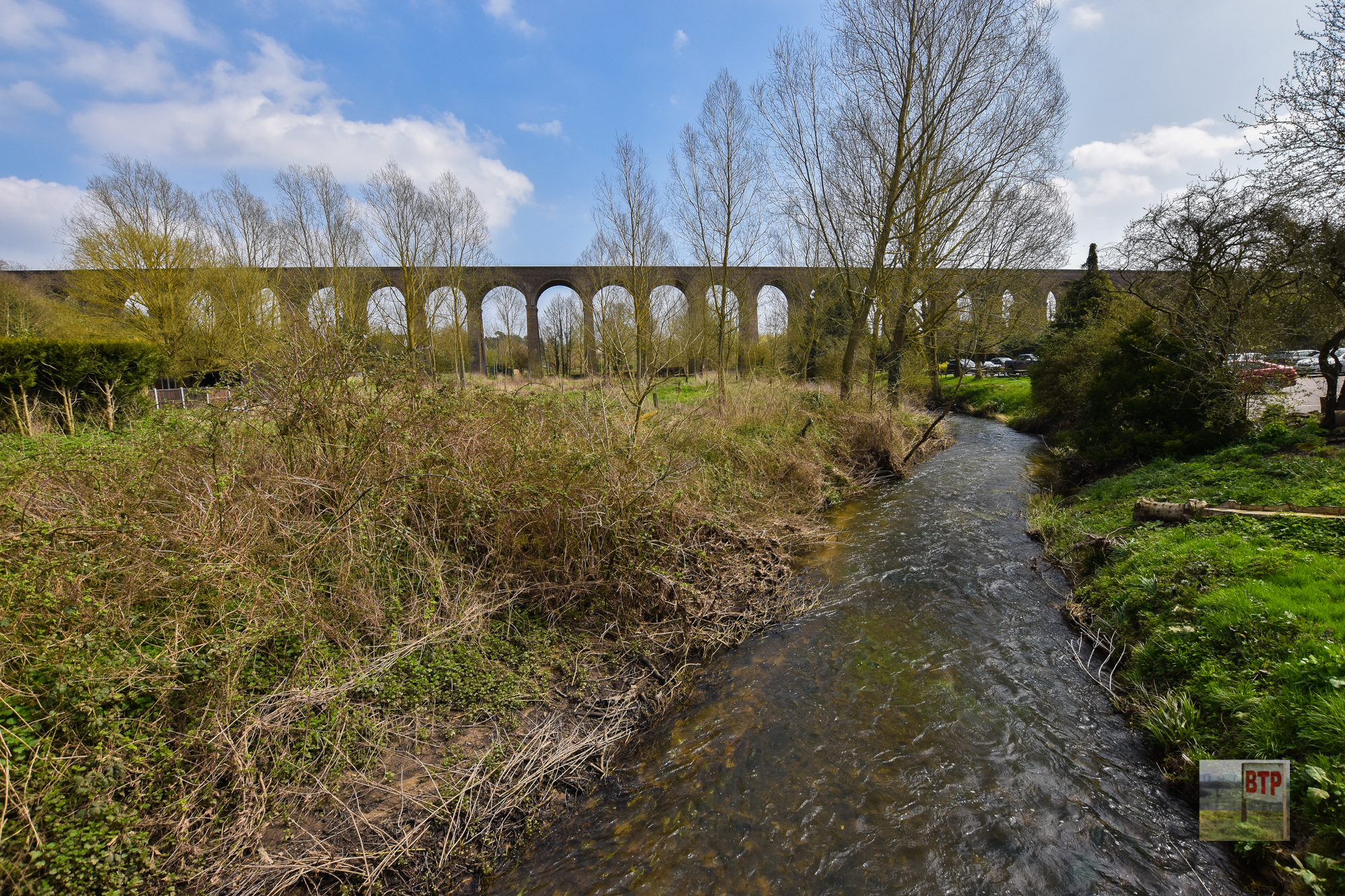
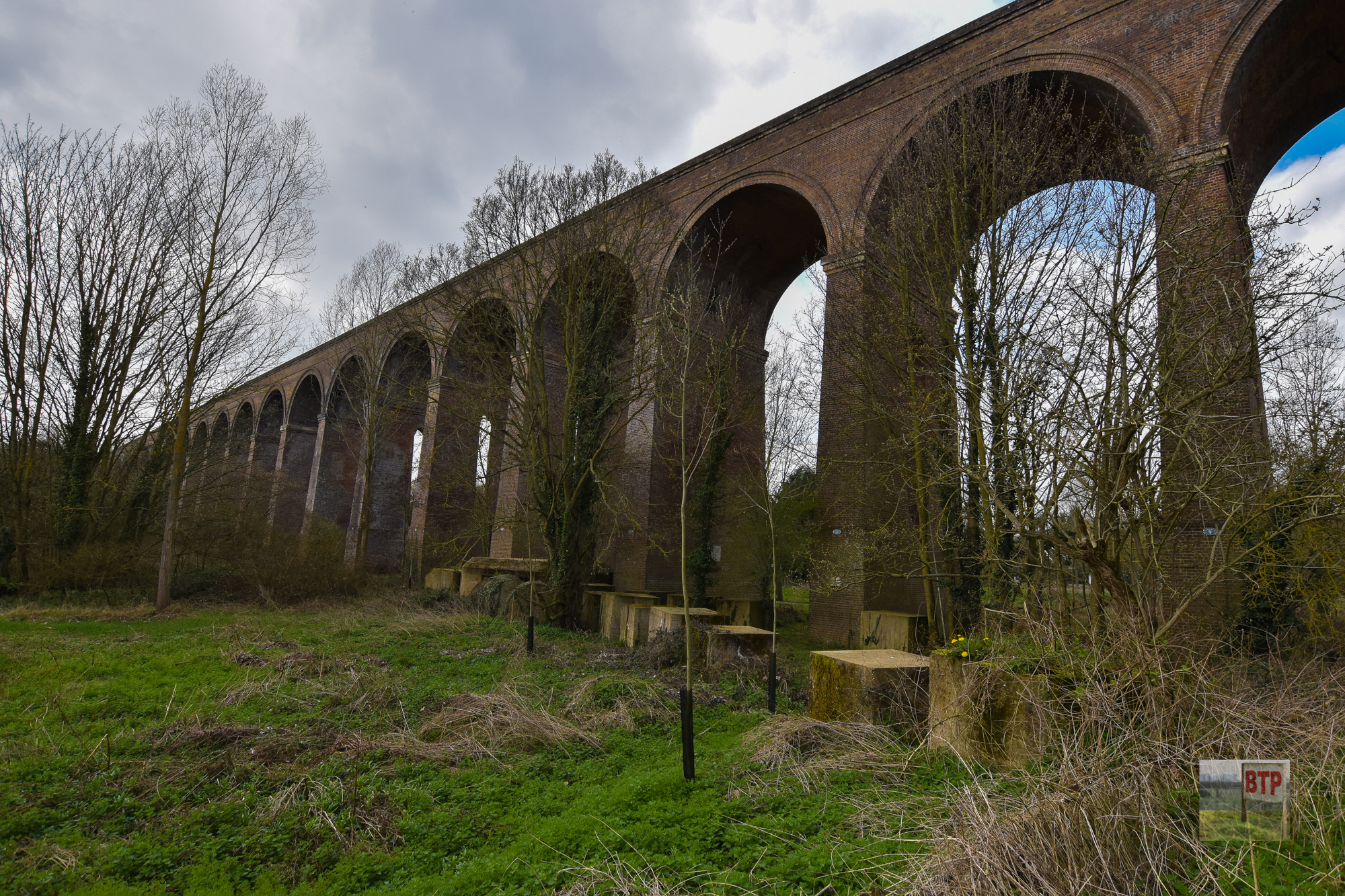
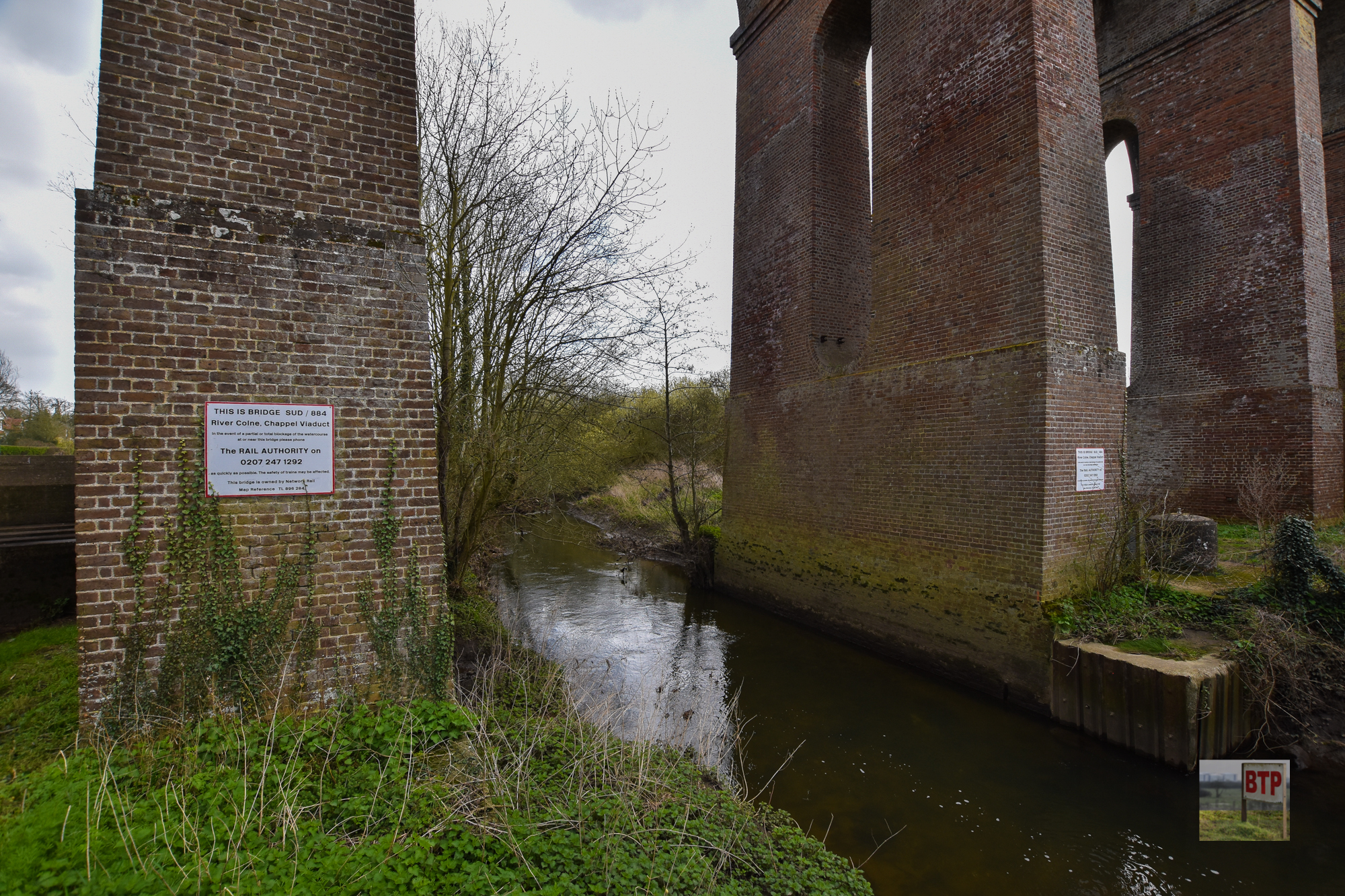
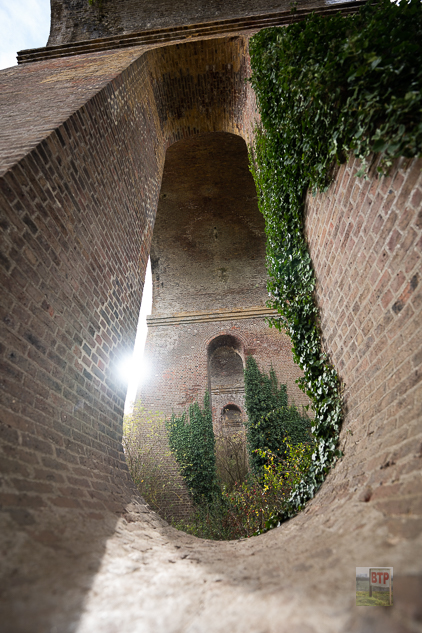
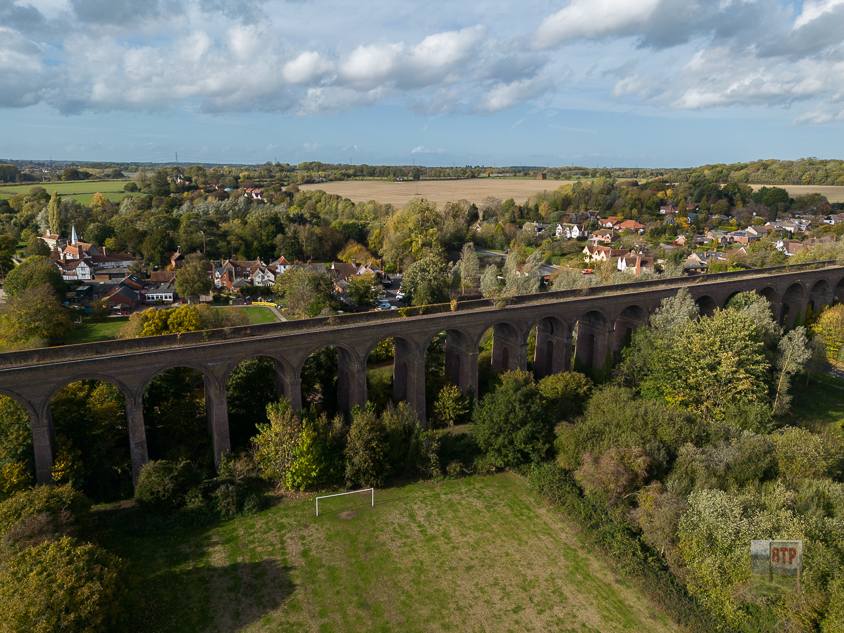
British Troops have been pushed back to Dunkirk; all that lies between the Germans and Britain is the English Channel. With the threat of German troops soon being on British Land, orders were sent out across the land to built defences in towns, near main roads, railways and key areas. Starting along the coast and getting closer to London, these barricades were designed to stop, or at least slow down, any German vehicles. The defence line at Chappel Viaduct represents a bit of everything from defensive structures of the Second World War. Examples of all four major pillbox types deployed along the `stop lines’ are present in addition to anti-tank cubes, anti-tank cylinders, as well as two spigot mortar gun emplacements. The FW3/28 artillery pillbox is described by Historic England as an “exceptional survival” and is thought to be the last of its type to survive on the Eastern Command Line.
Most defence lines were built near to natural features to help with the defence, such as forests or rivers. The defences in Chappel have the river running under the viaduct and also the viaduct itself – which after Battersea Power Station is the second largest brick built structure in Britain.
Below is a brief overview of some of the defences, followed by a gallery.
- Anti-tank cubes & cylinders – Weighting several tonnes each, the concrete blocks were designed to prevent vehicles from passing through and their weight and seize meant that they would be impossible to move or drive over. There’s two rows of the tank blocks with one running parallel to the viaduct to protect each archway. The cylinders were originally underwater, in the river, and are old sewage pipes that have been filed in. These were used to prevent boats from passing through.
- Artillery Pillbox – The FW3, Type 28 pillbox, is one of the biggest designs. The design meant that a six pounder Hotchkiss gun could be mounted at the front, with two machine gun loopholes and two rifle ones. This is positioned to defend the road from the east.
- Spigot Mortar Pedestals – Two of these remain in a fairly good condition and would have been added to the array of defences from 1942. Between 3 and 5 people would have operated the weapon, firing the mortars towards tanks.
A map with a trail of the World War 2 defences is available here.
Anti-Tank Blocks
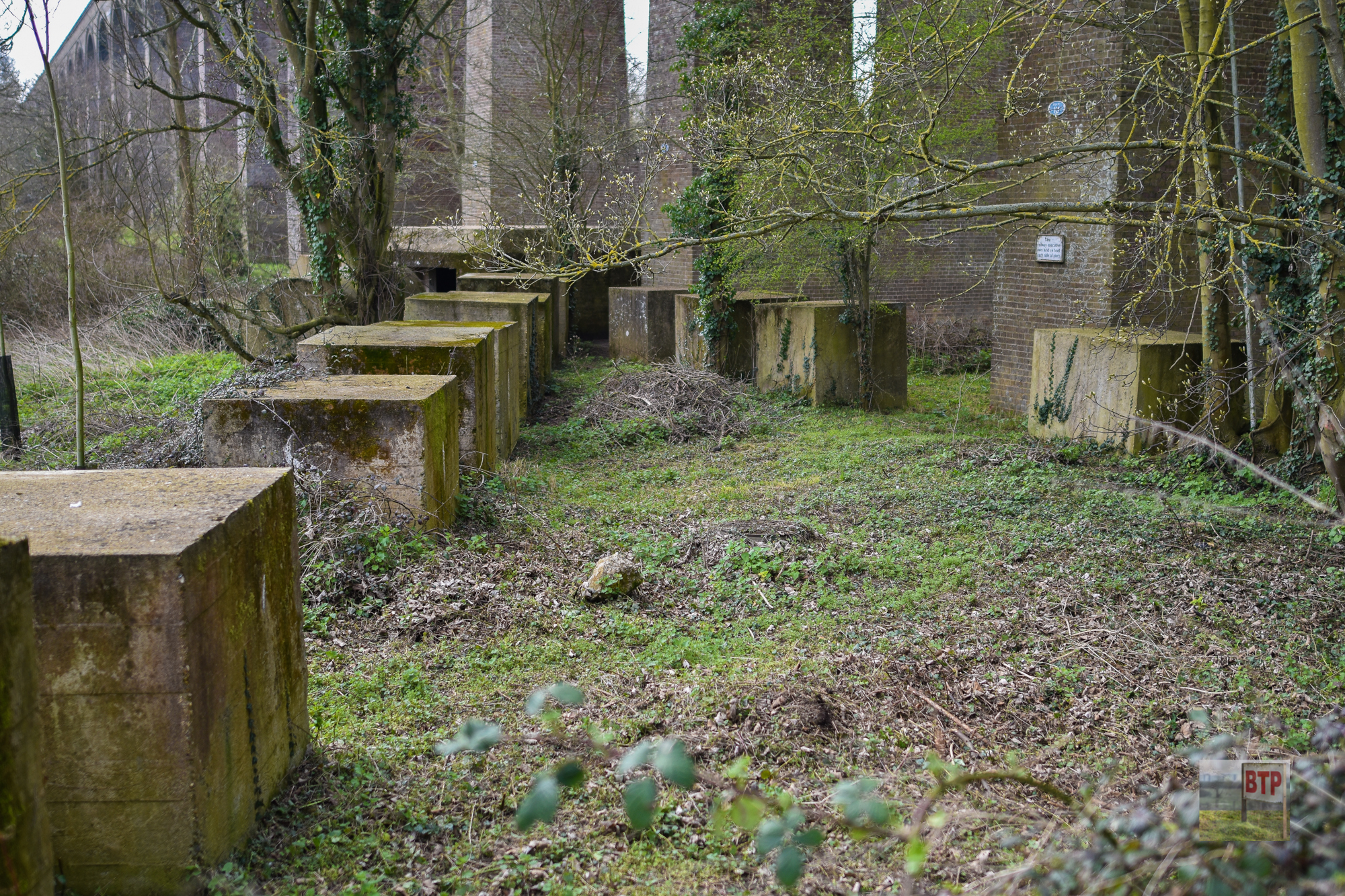
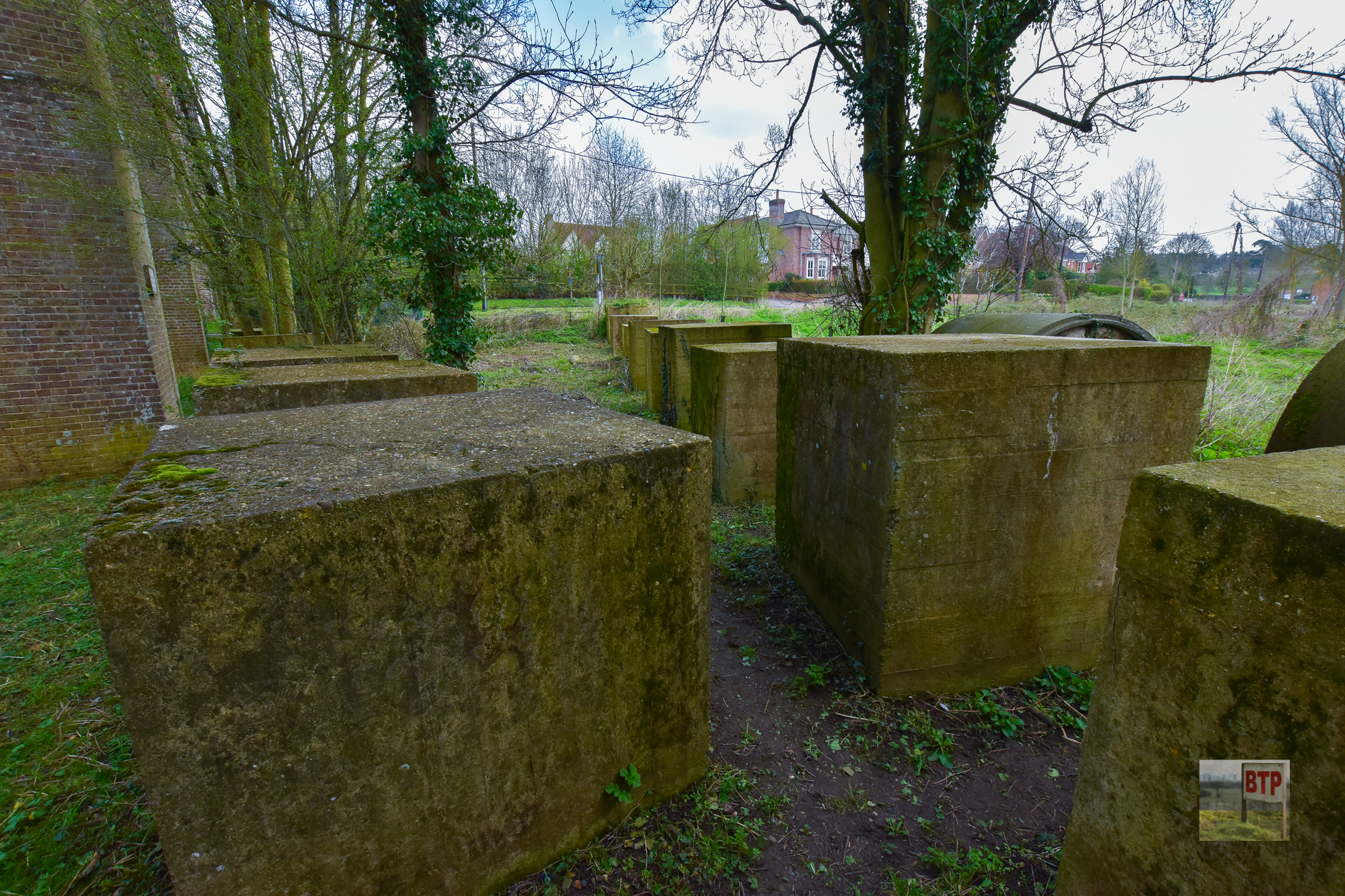
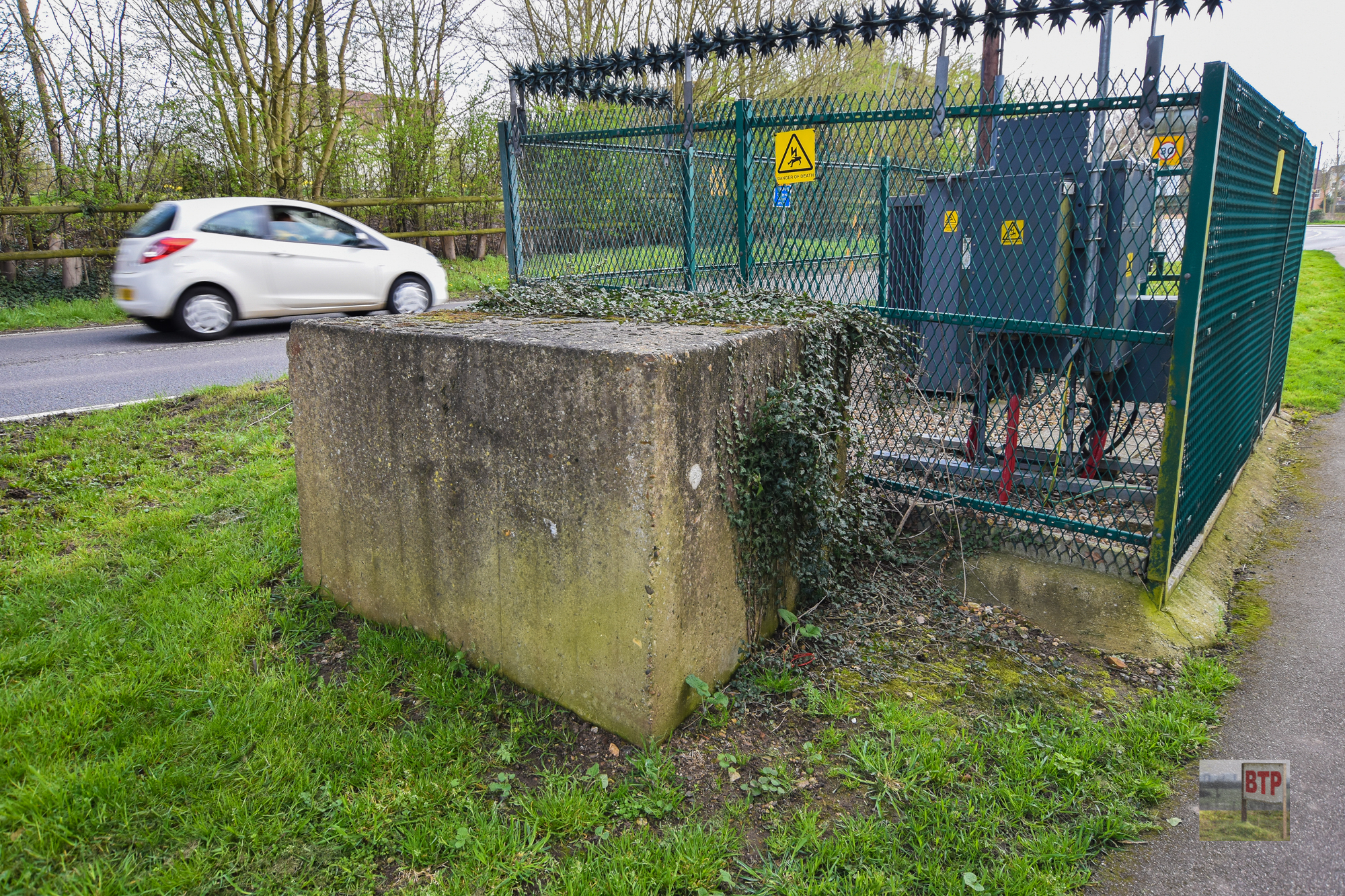
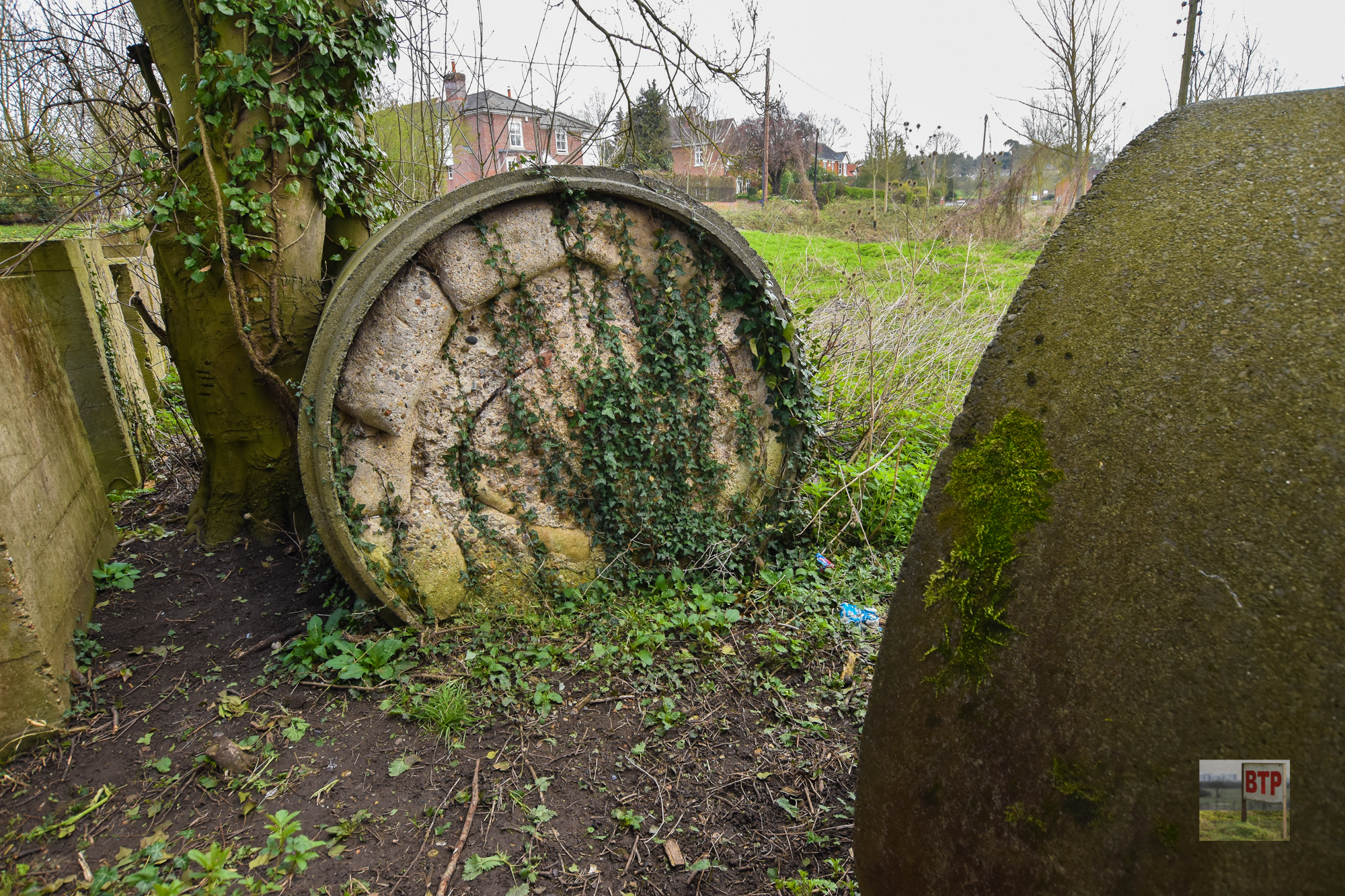
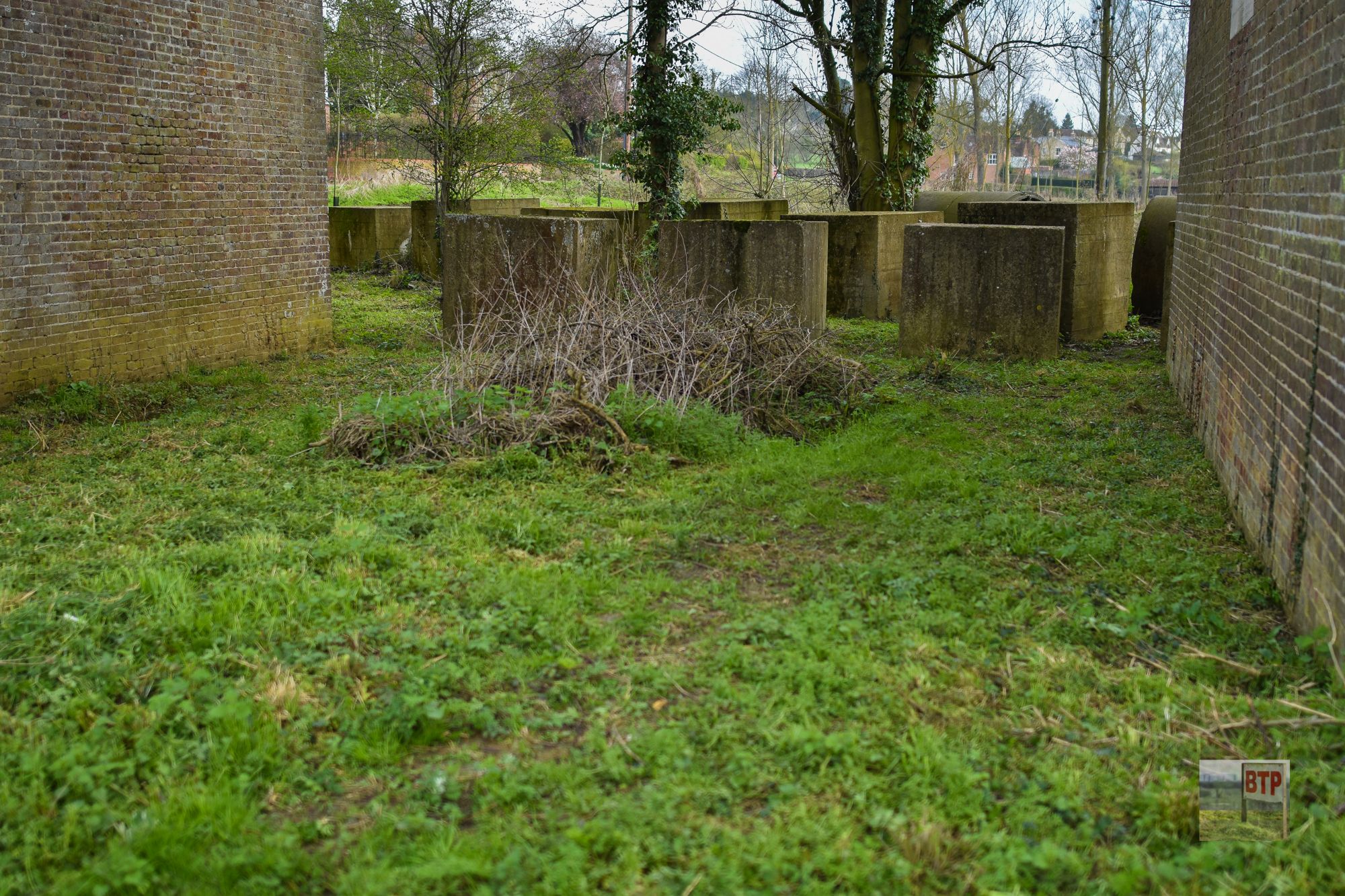
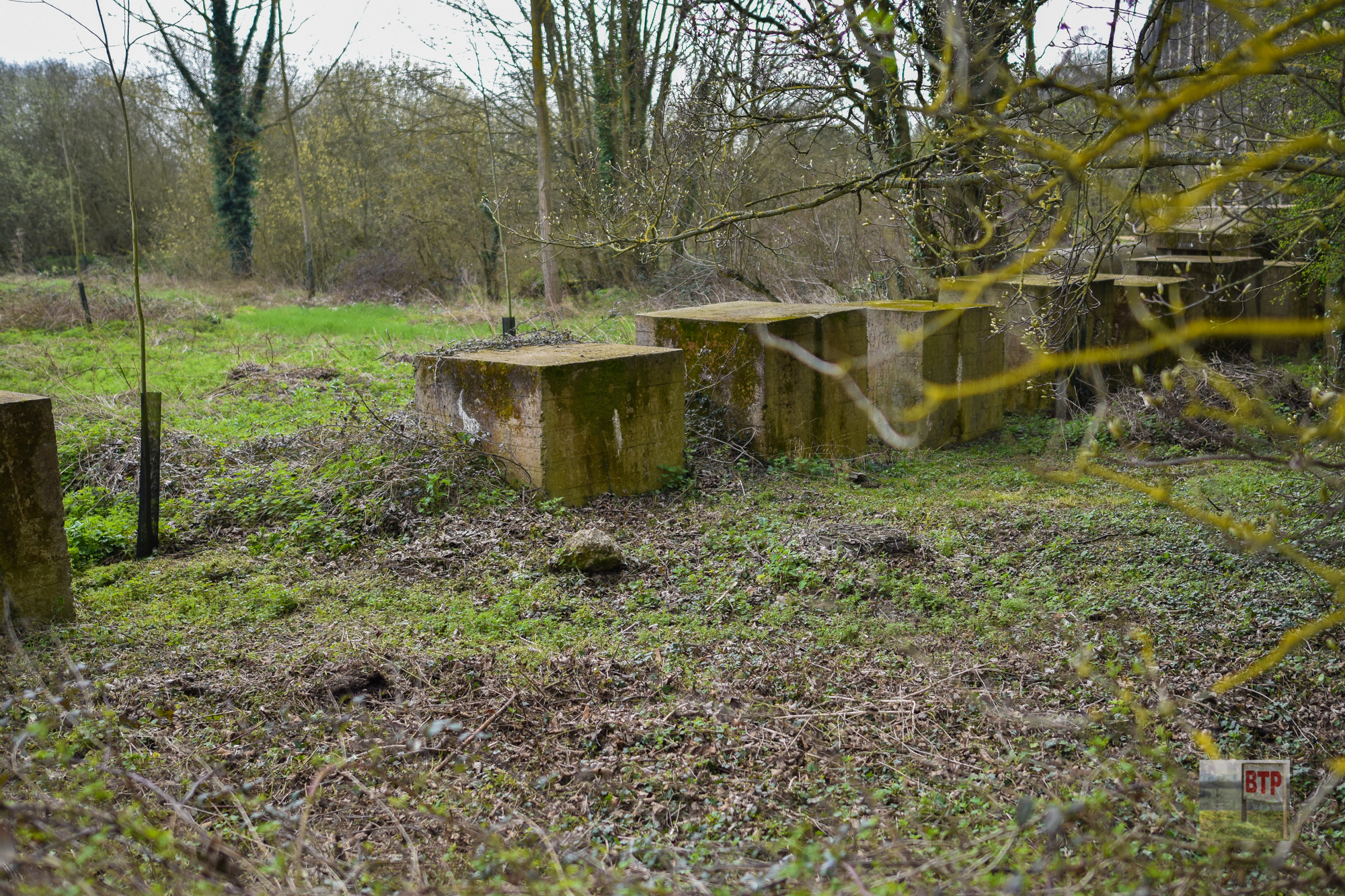
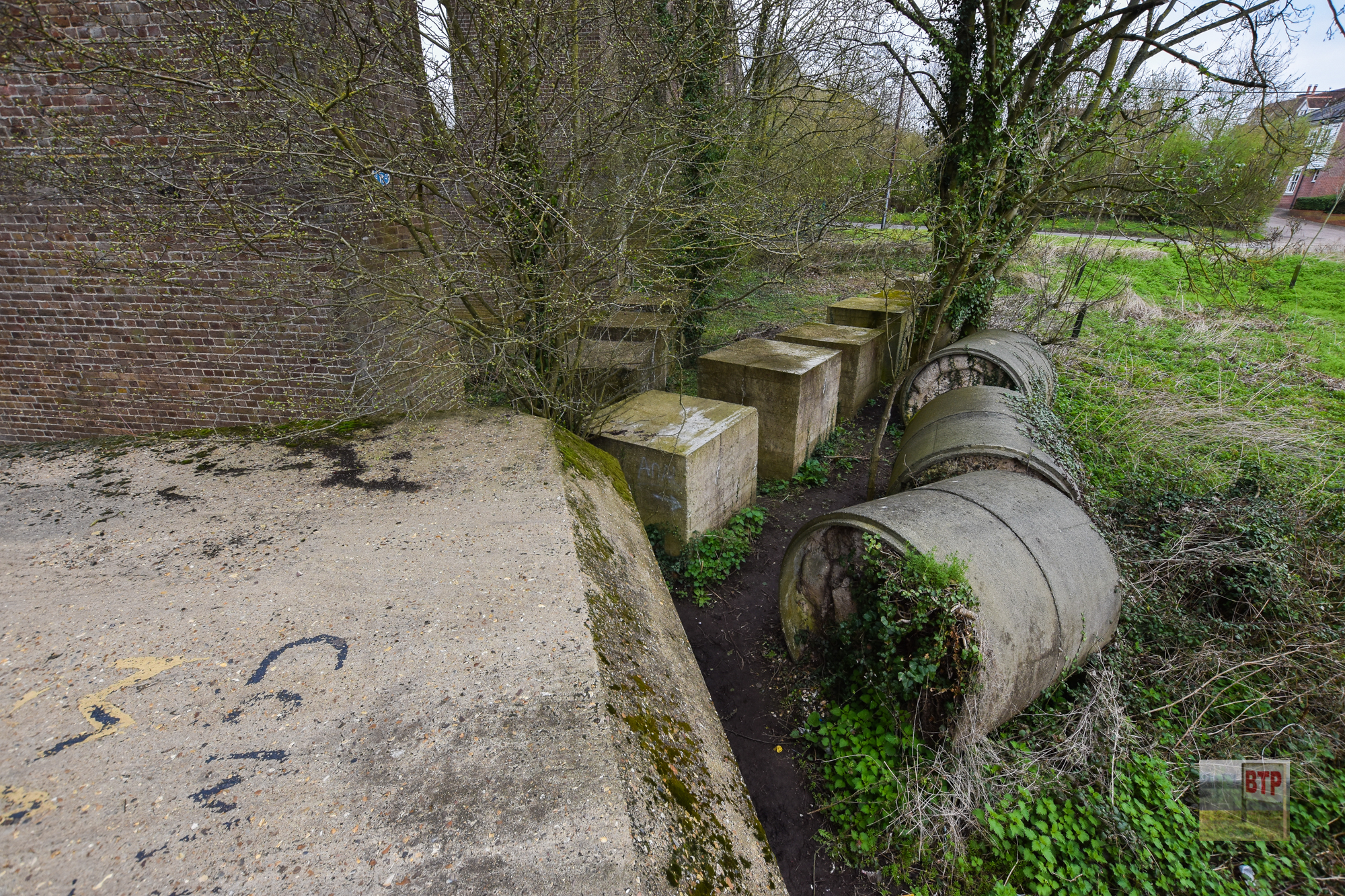

Artillery Pillbox
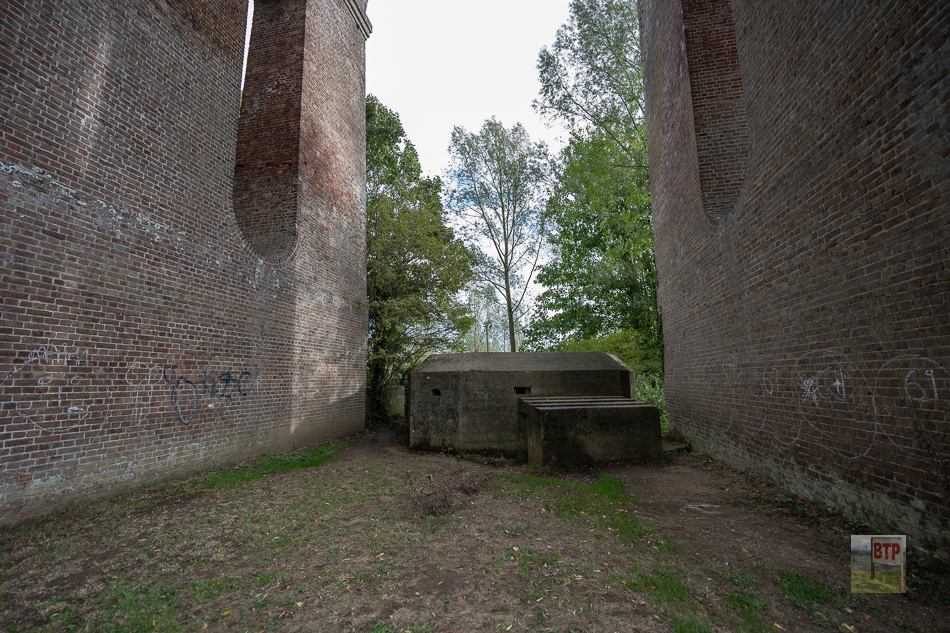
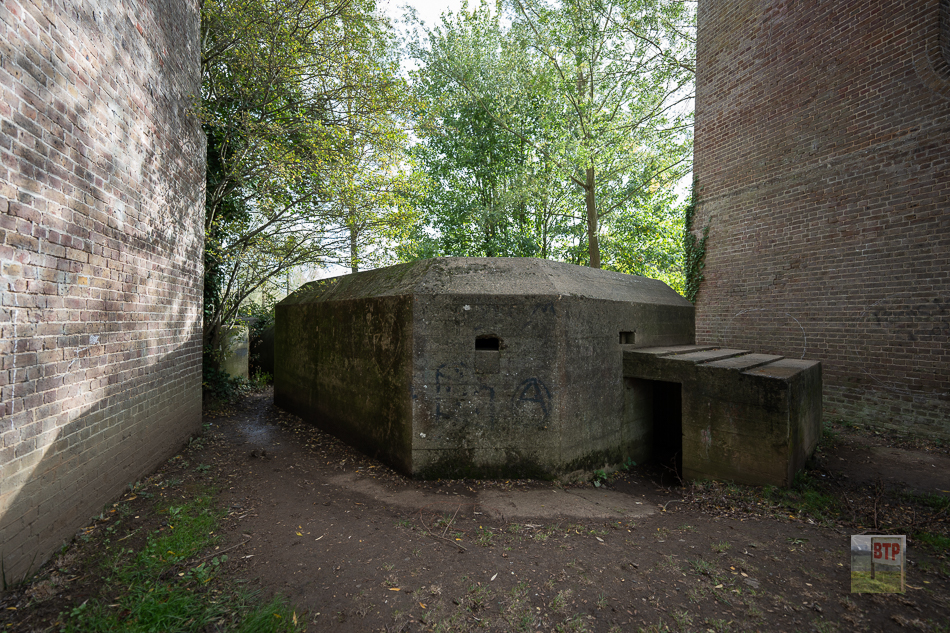
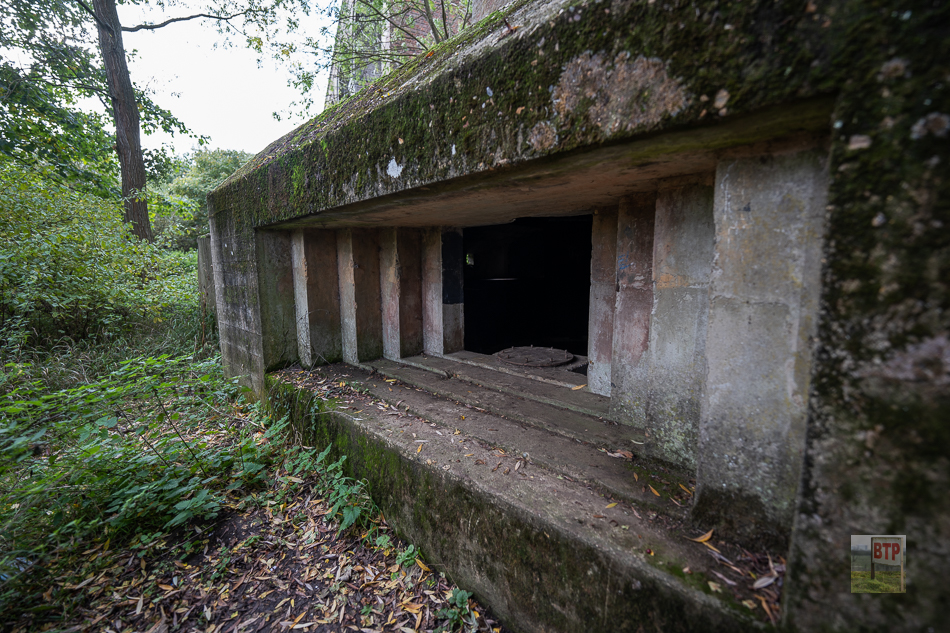
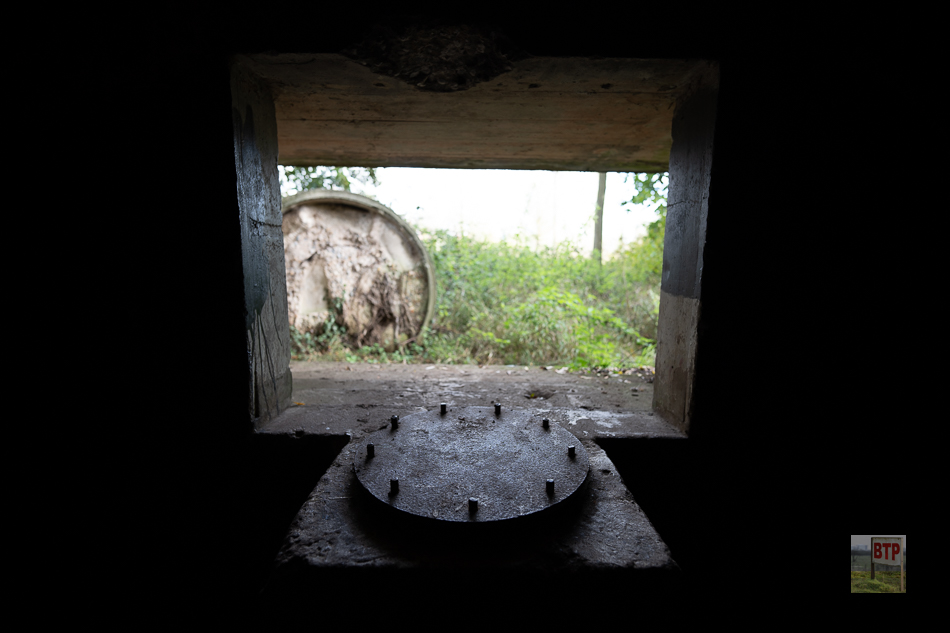
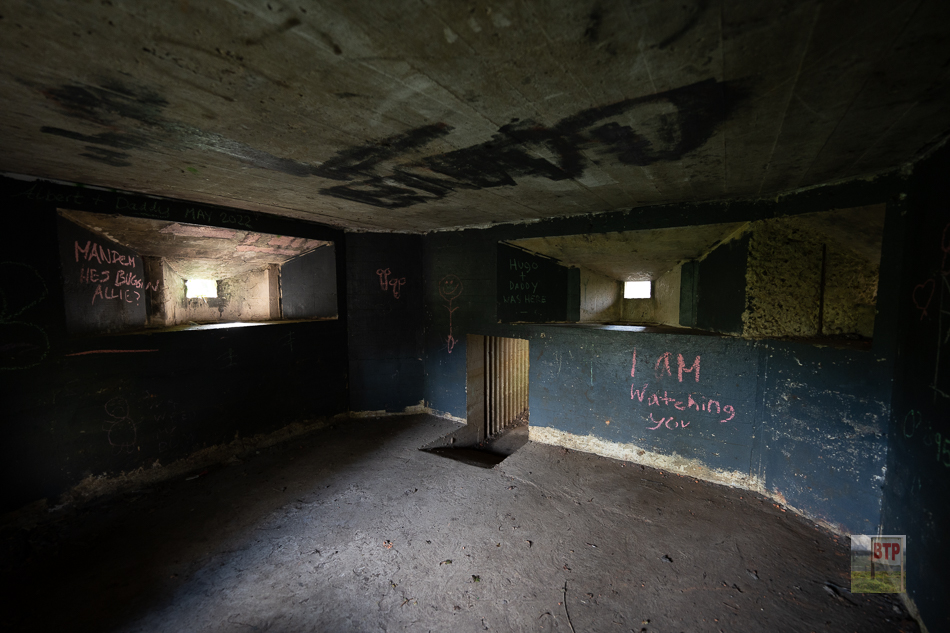
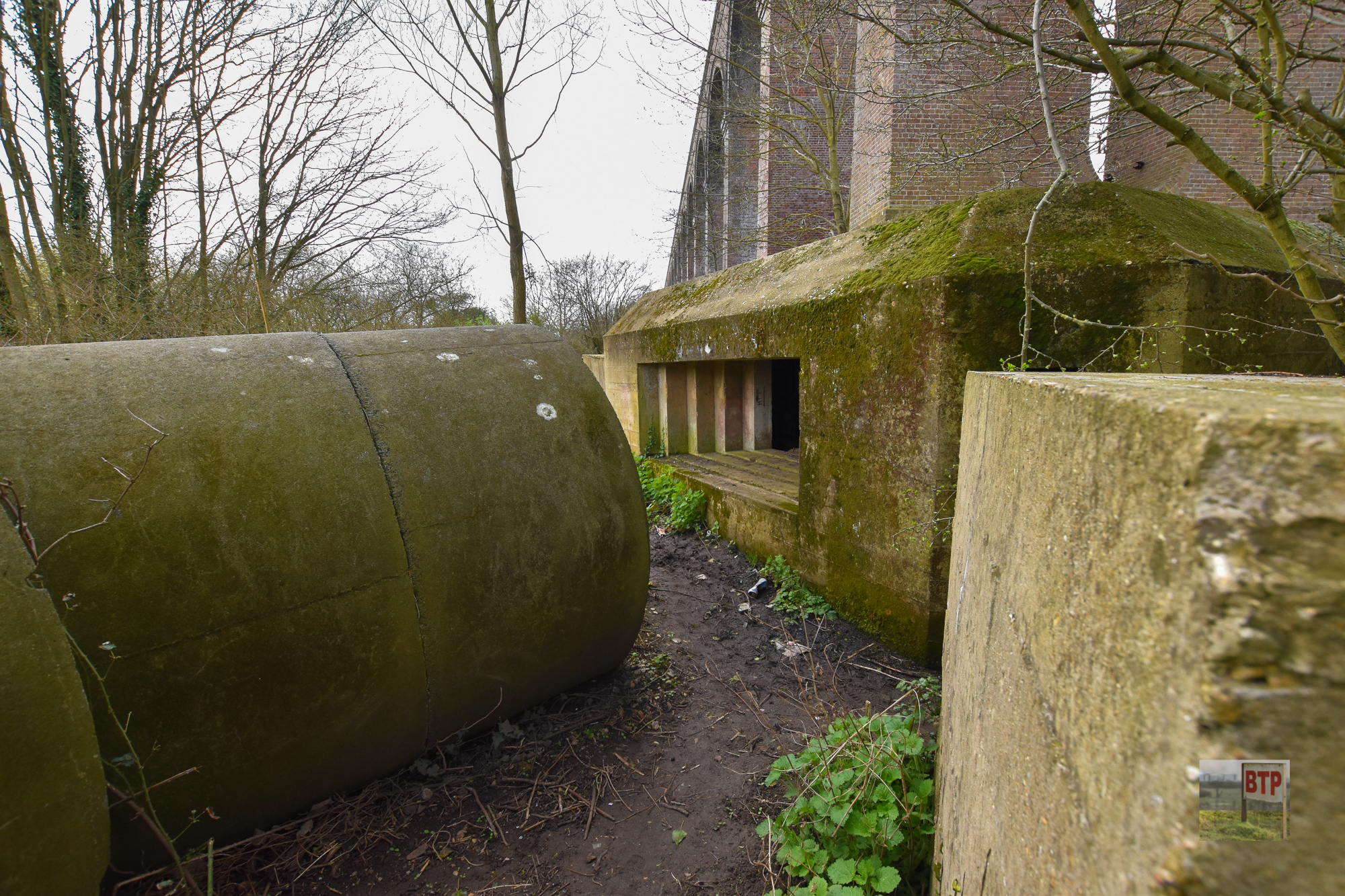
Other Pillboxes
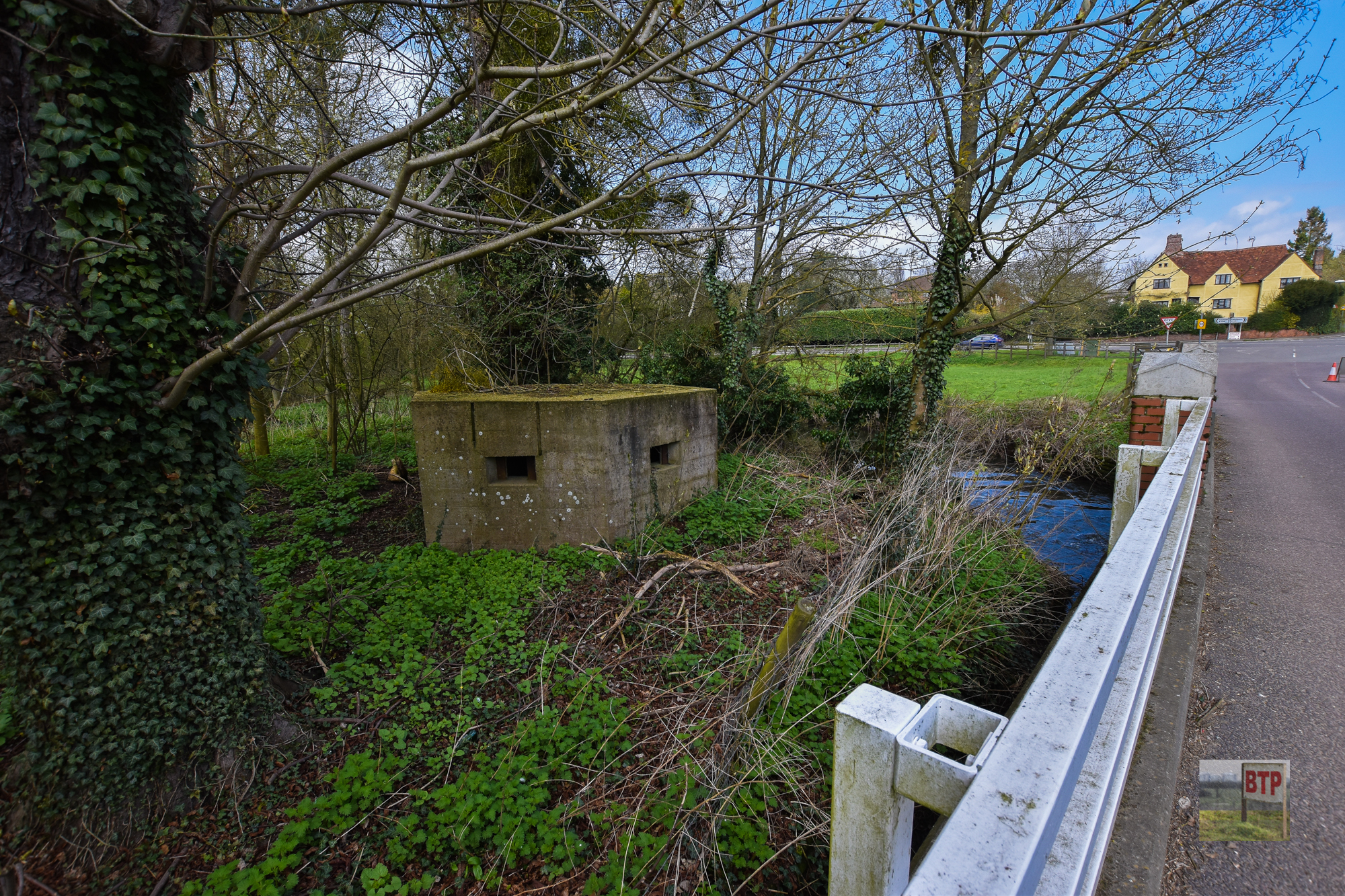
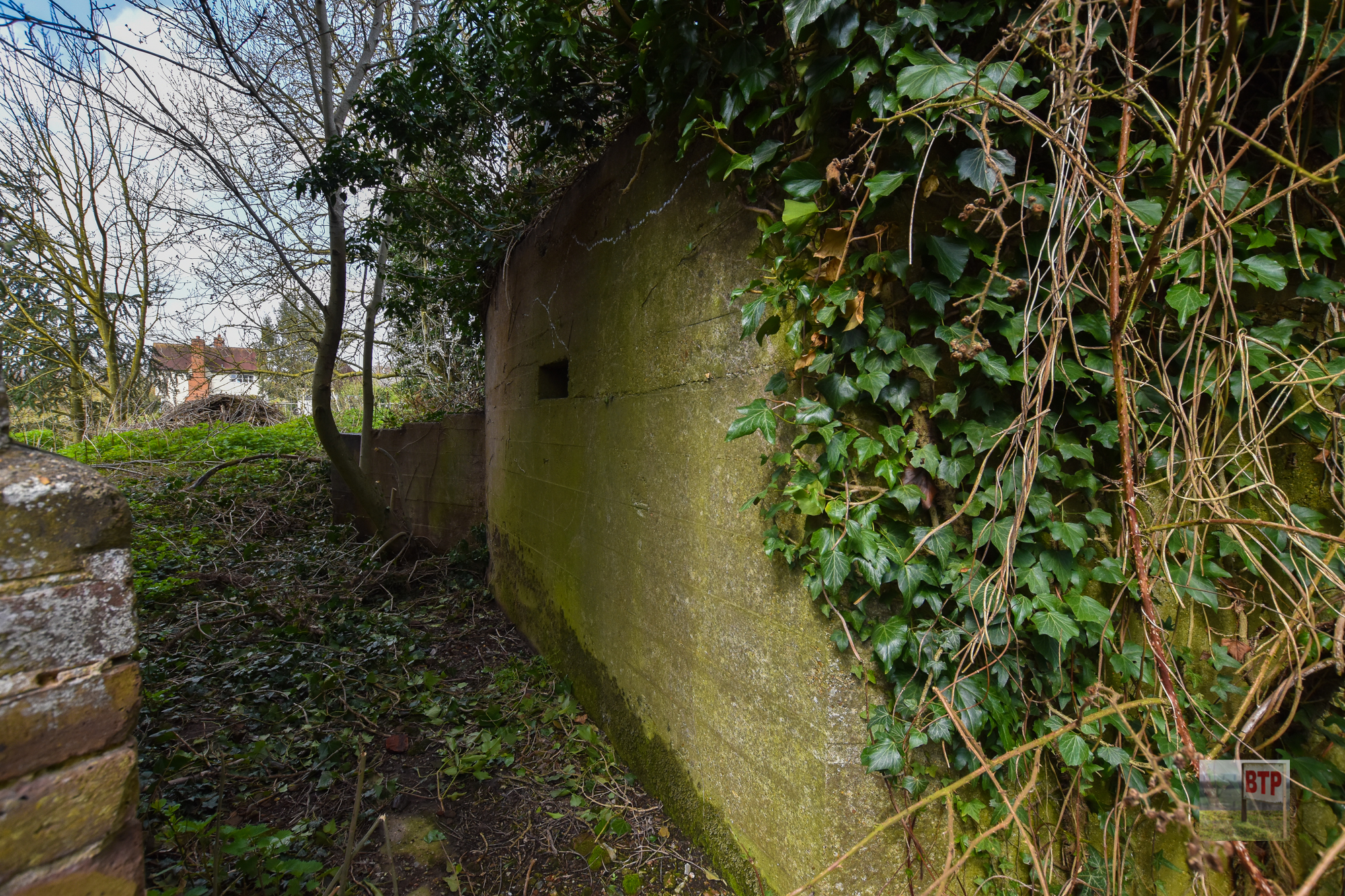
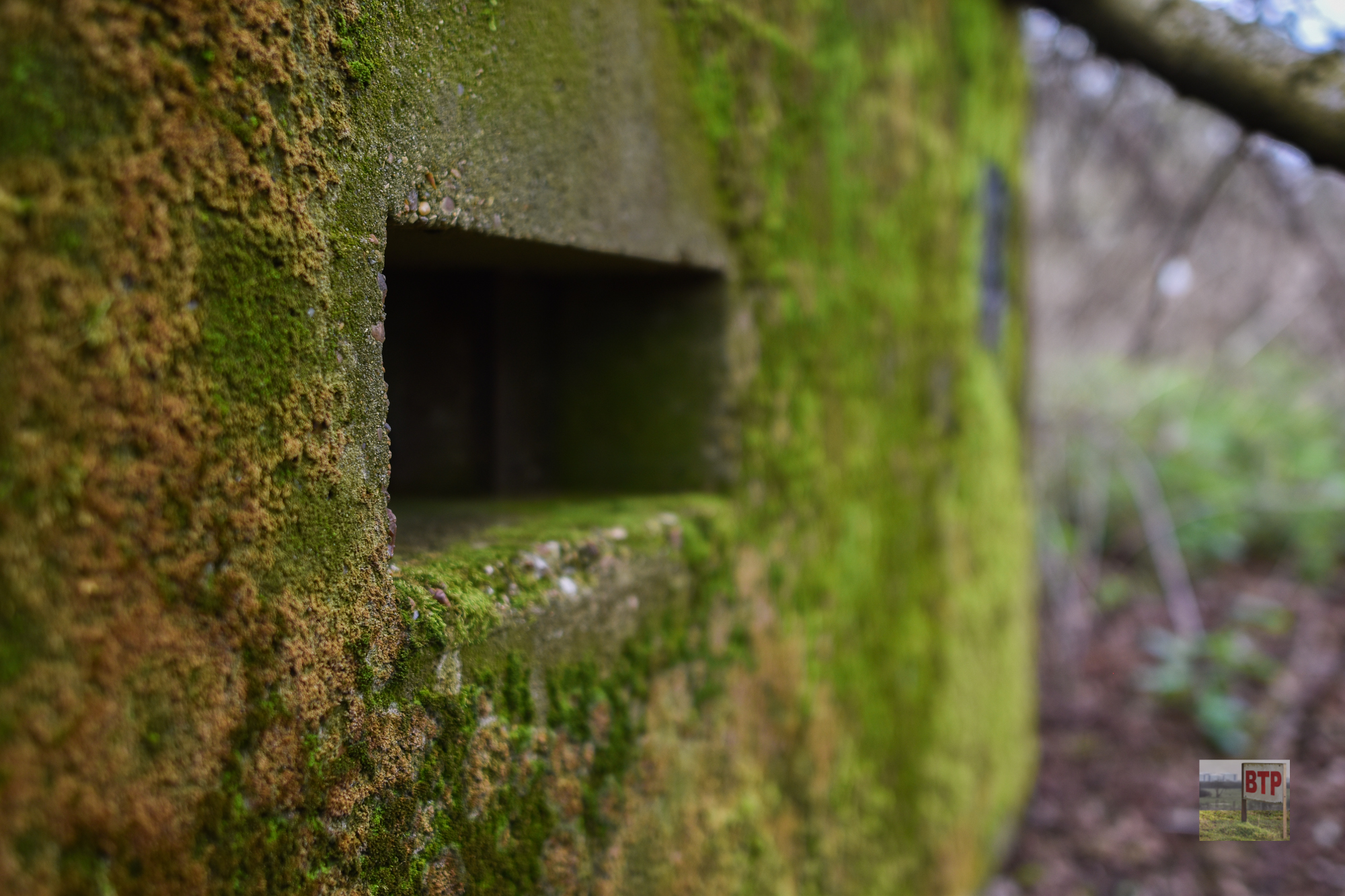
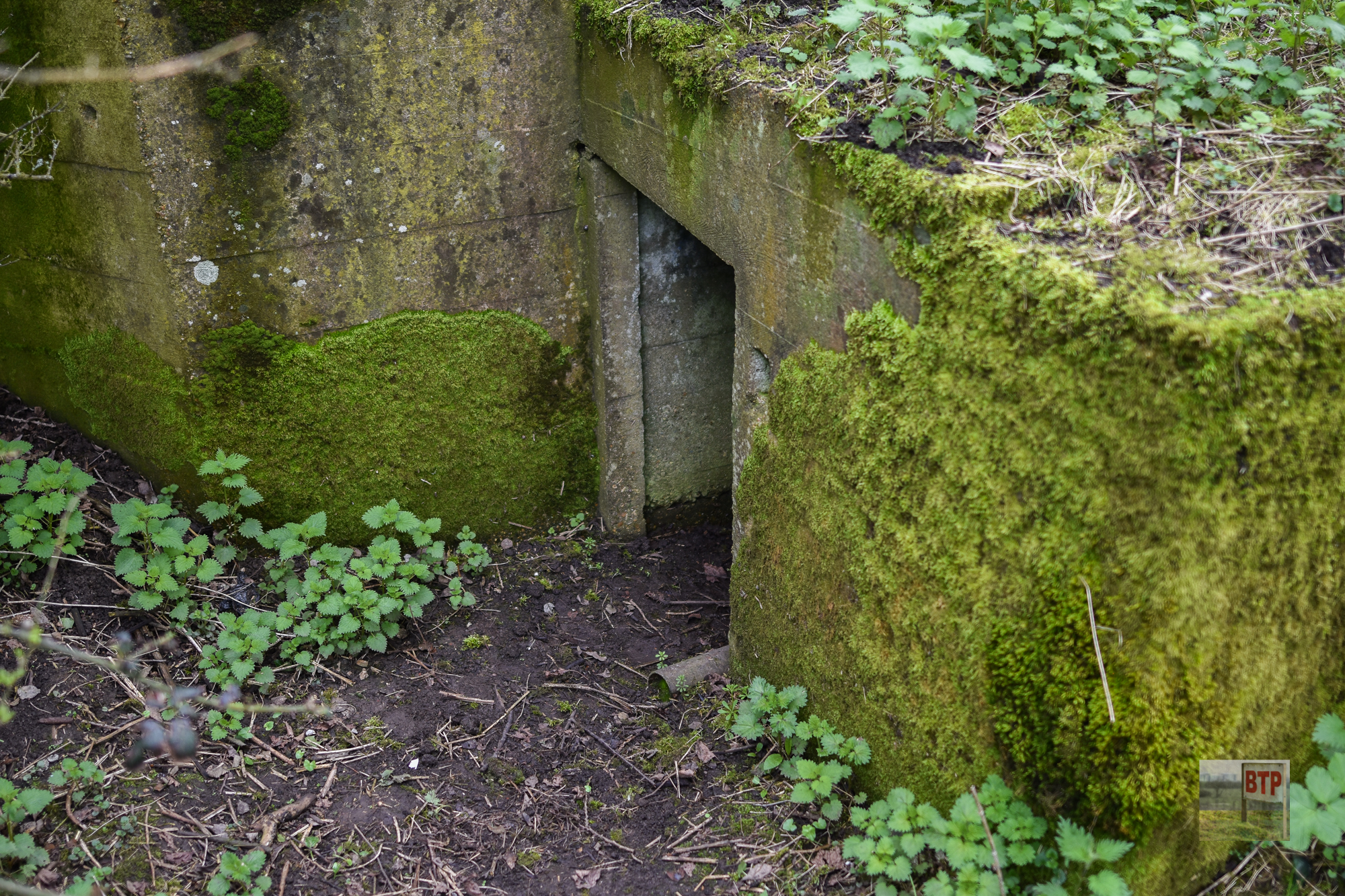
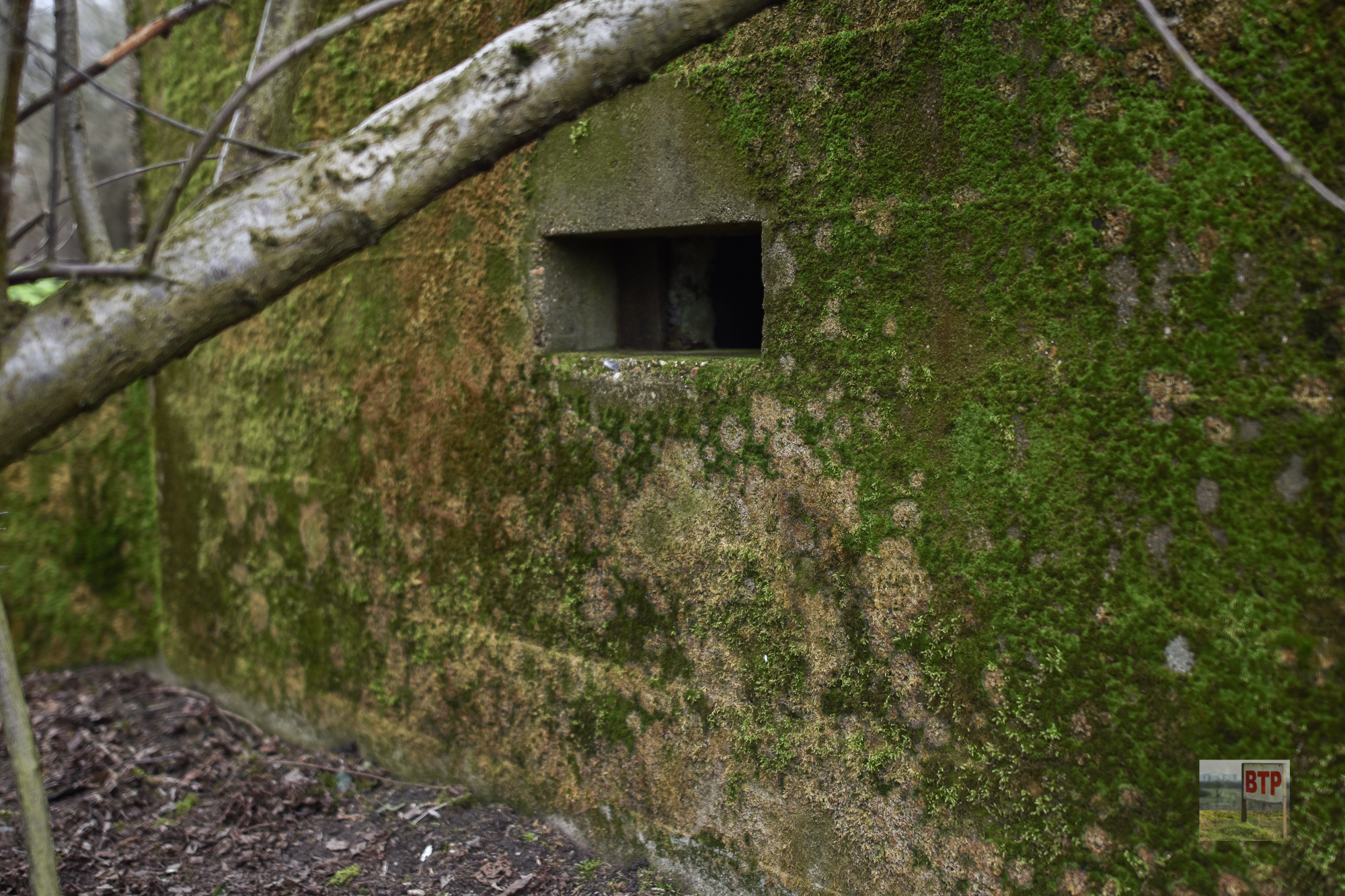
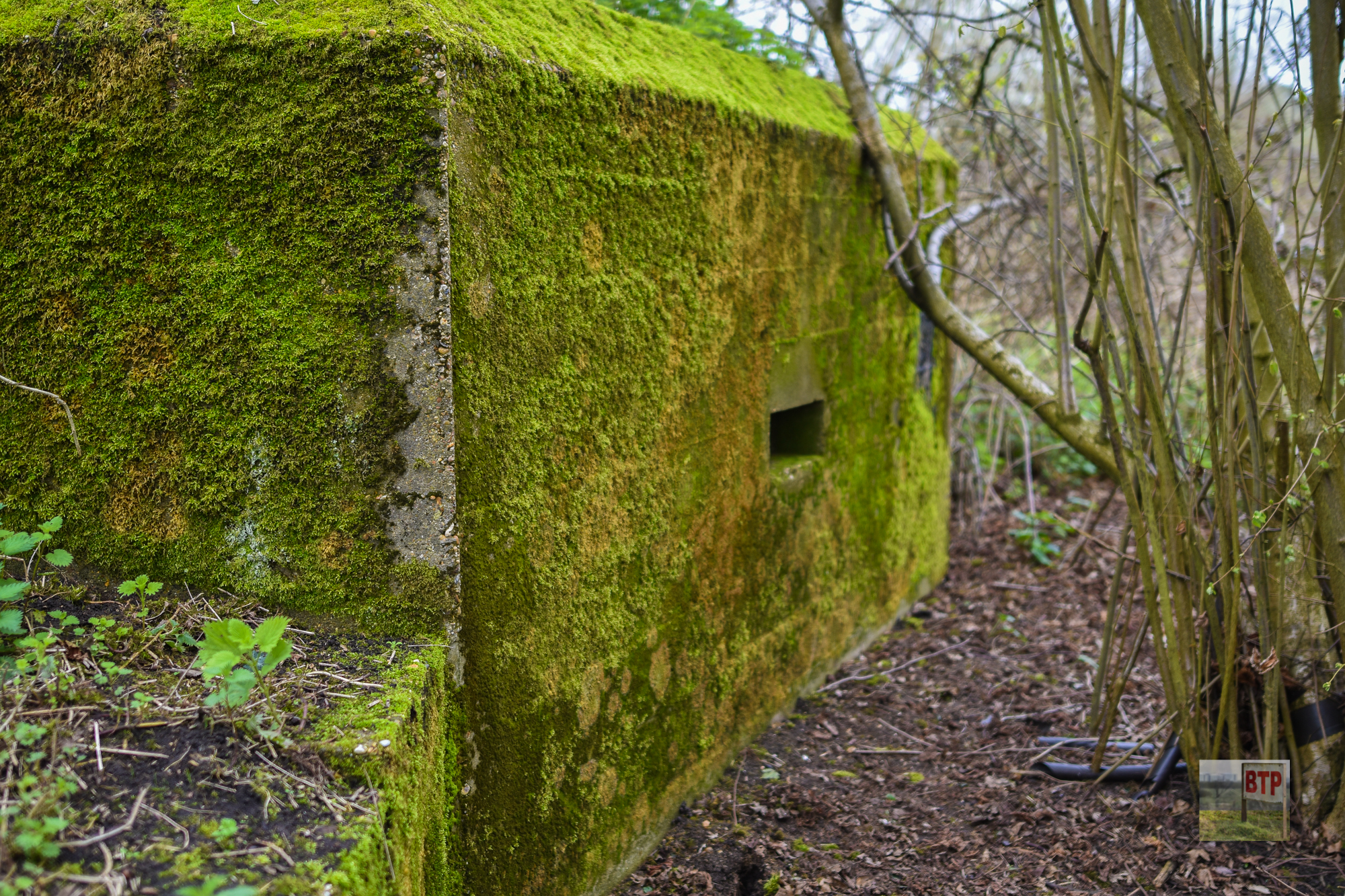

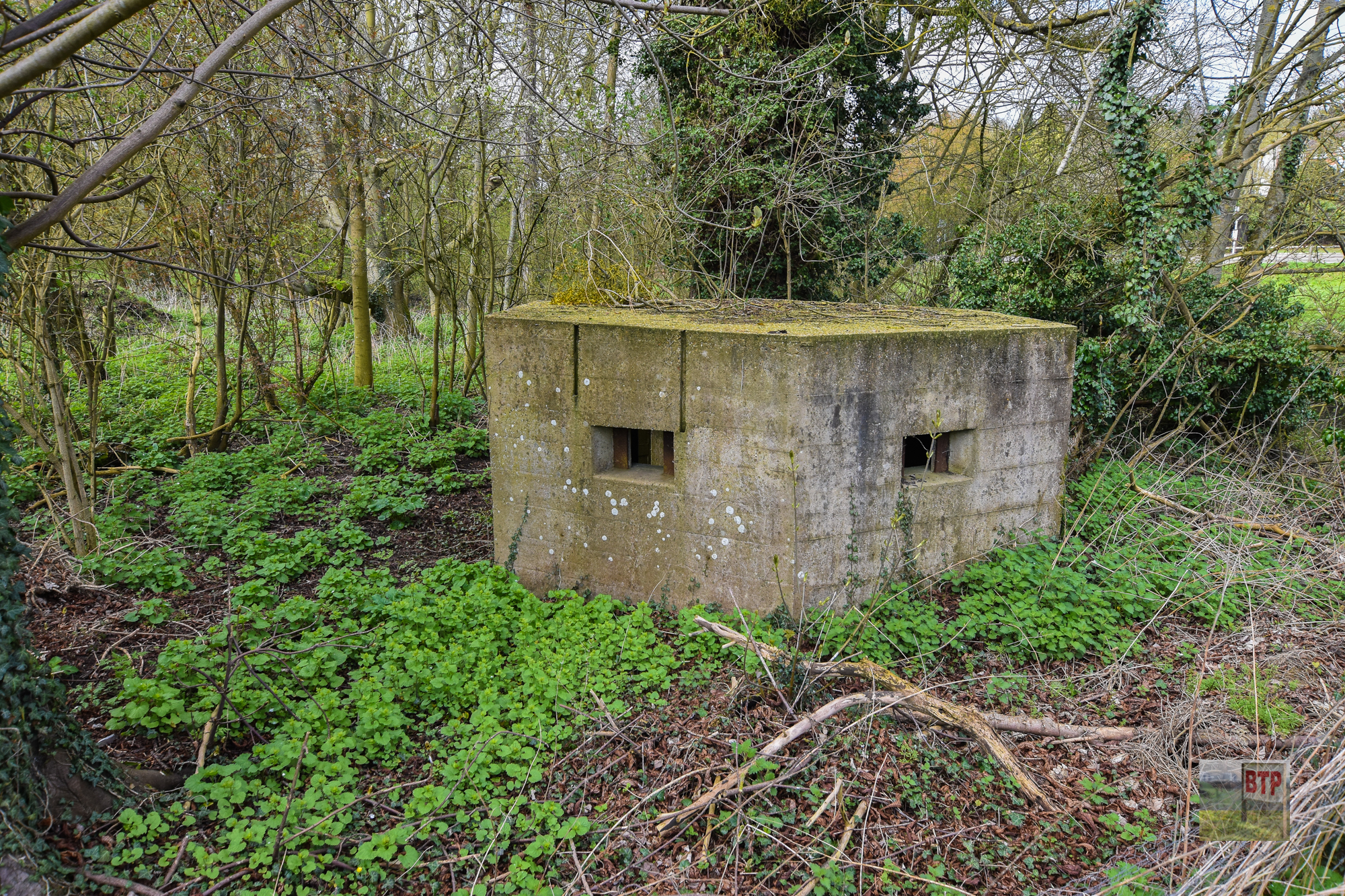
Spigot Mortar Emplacements
